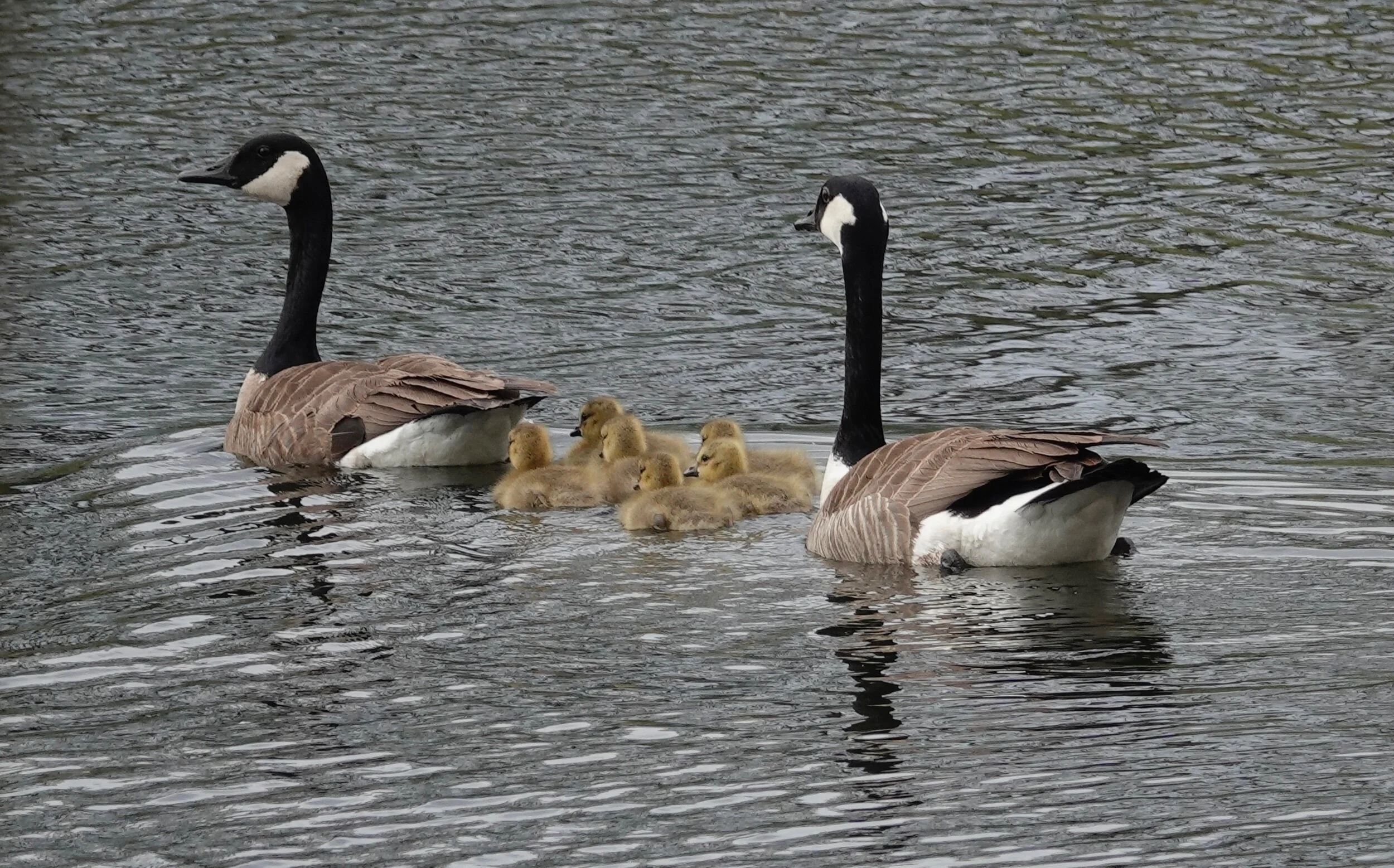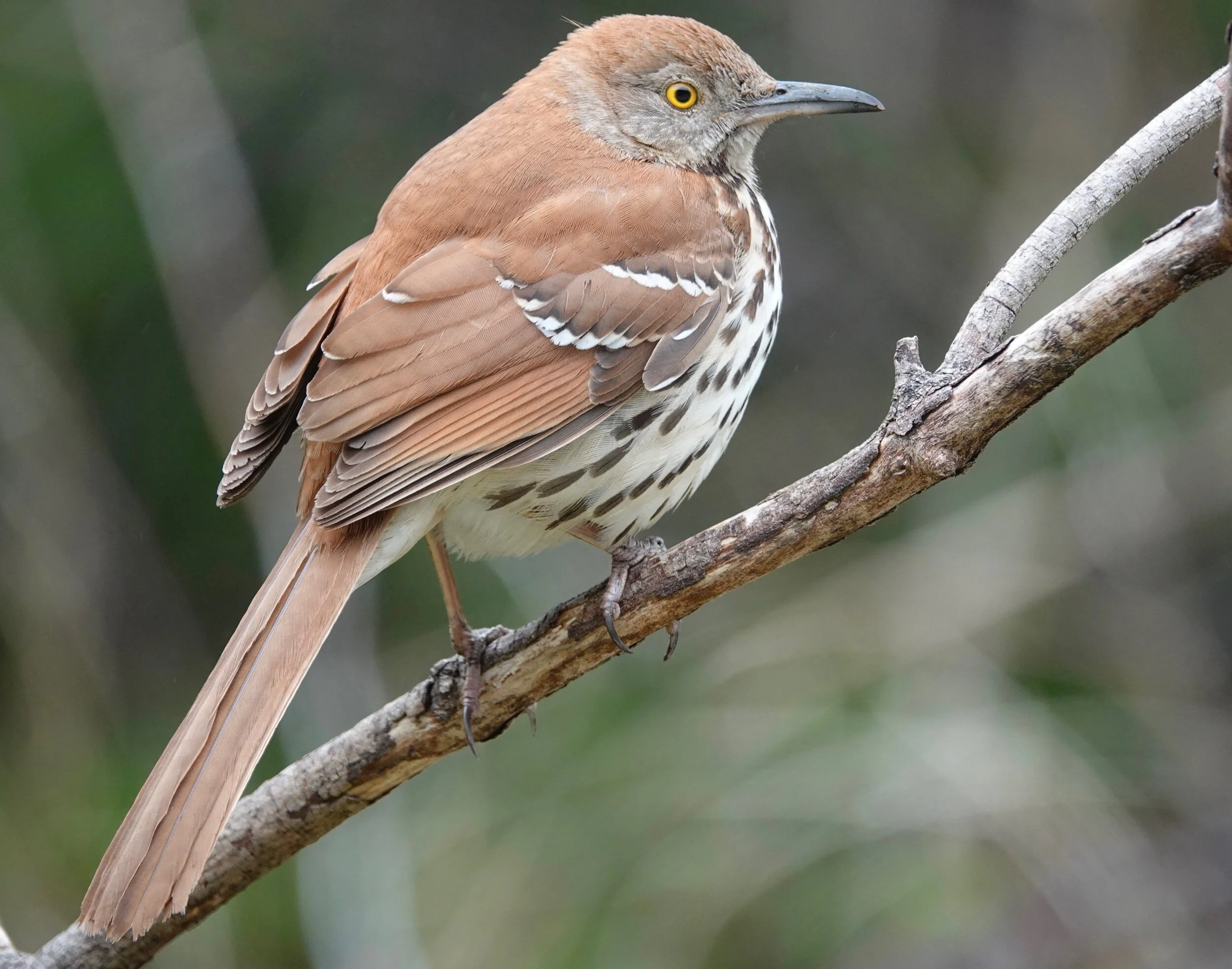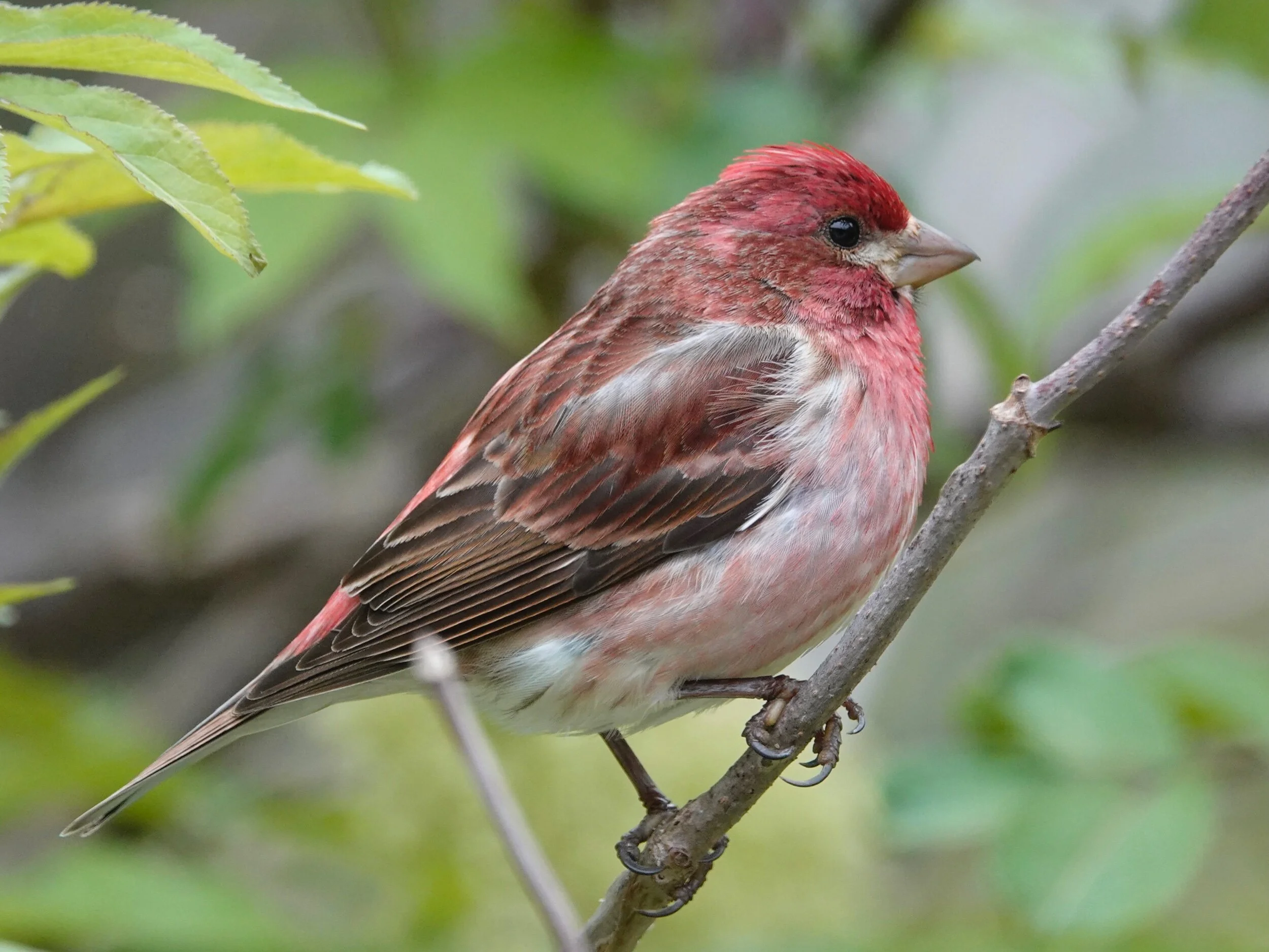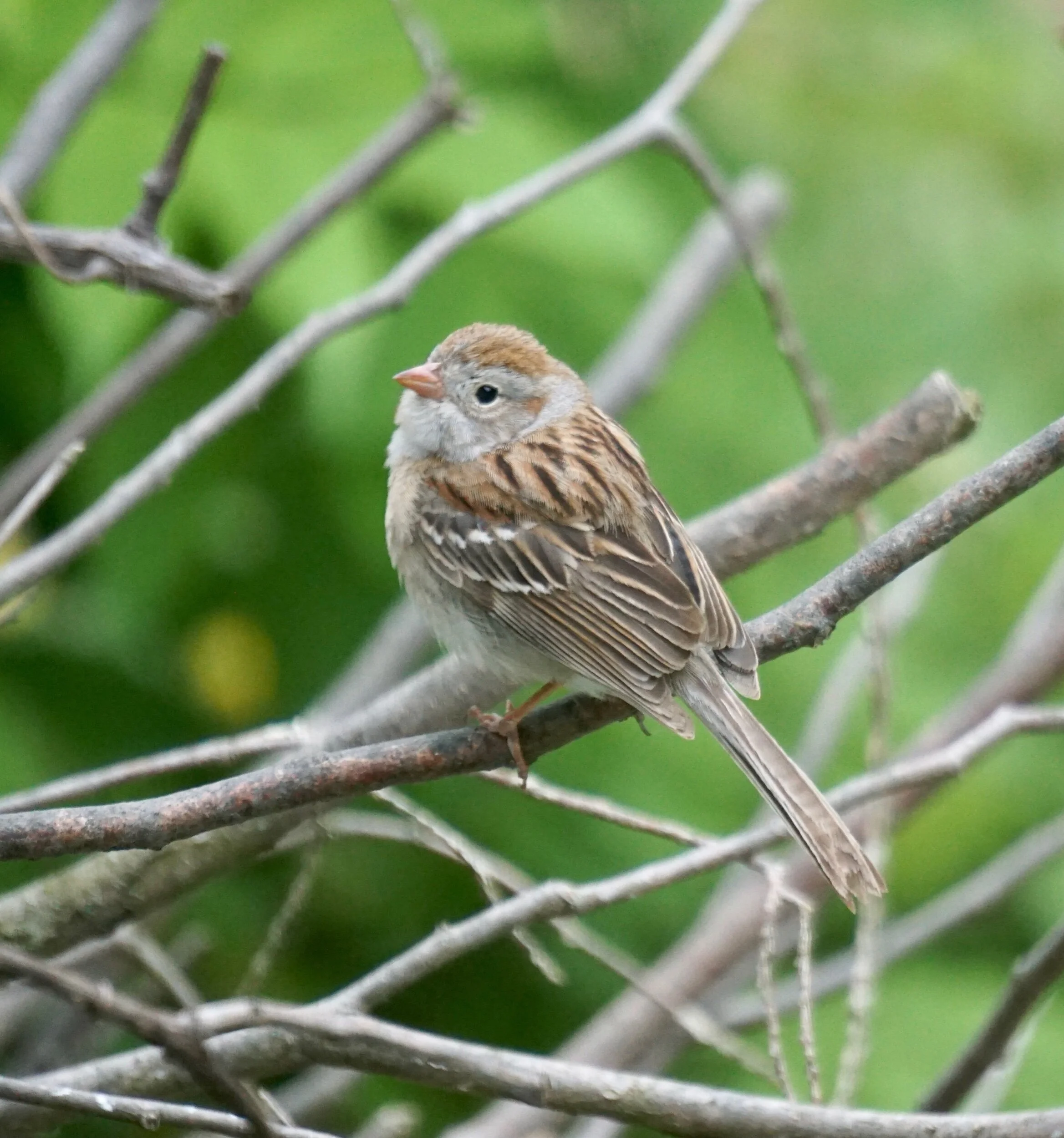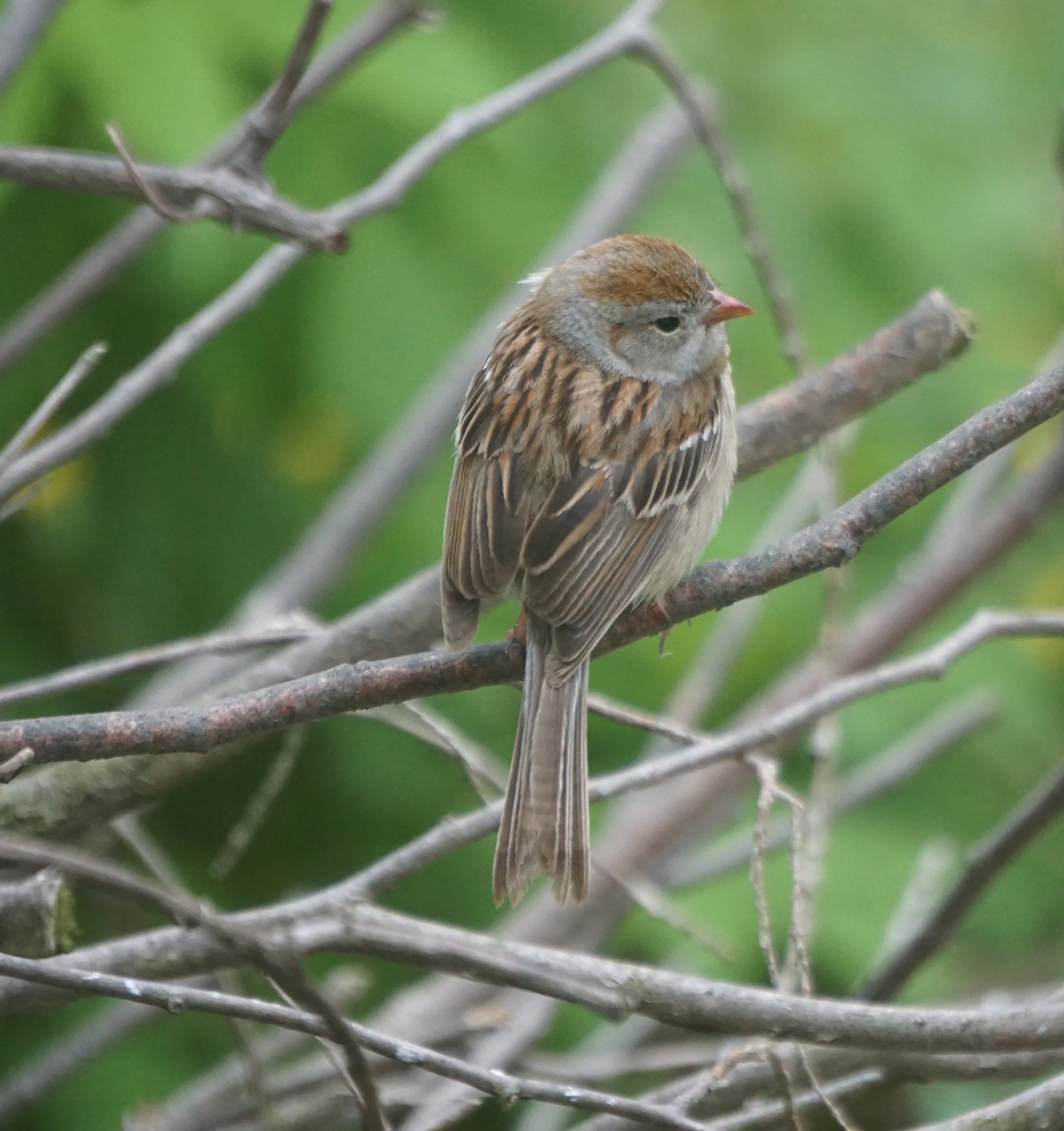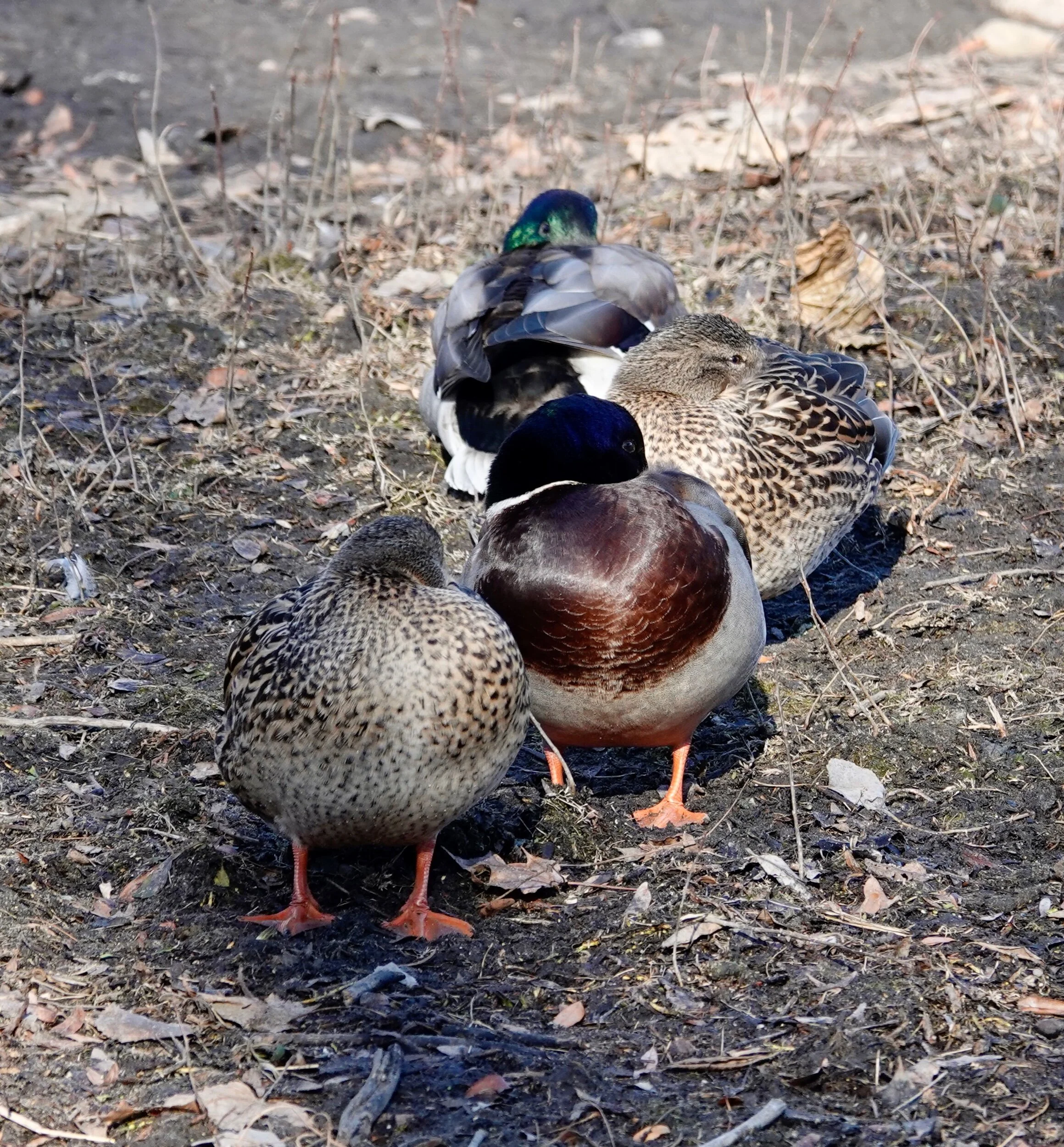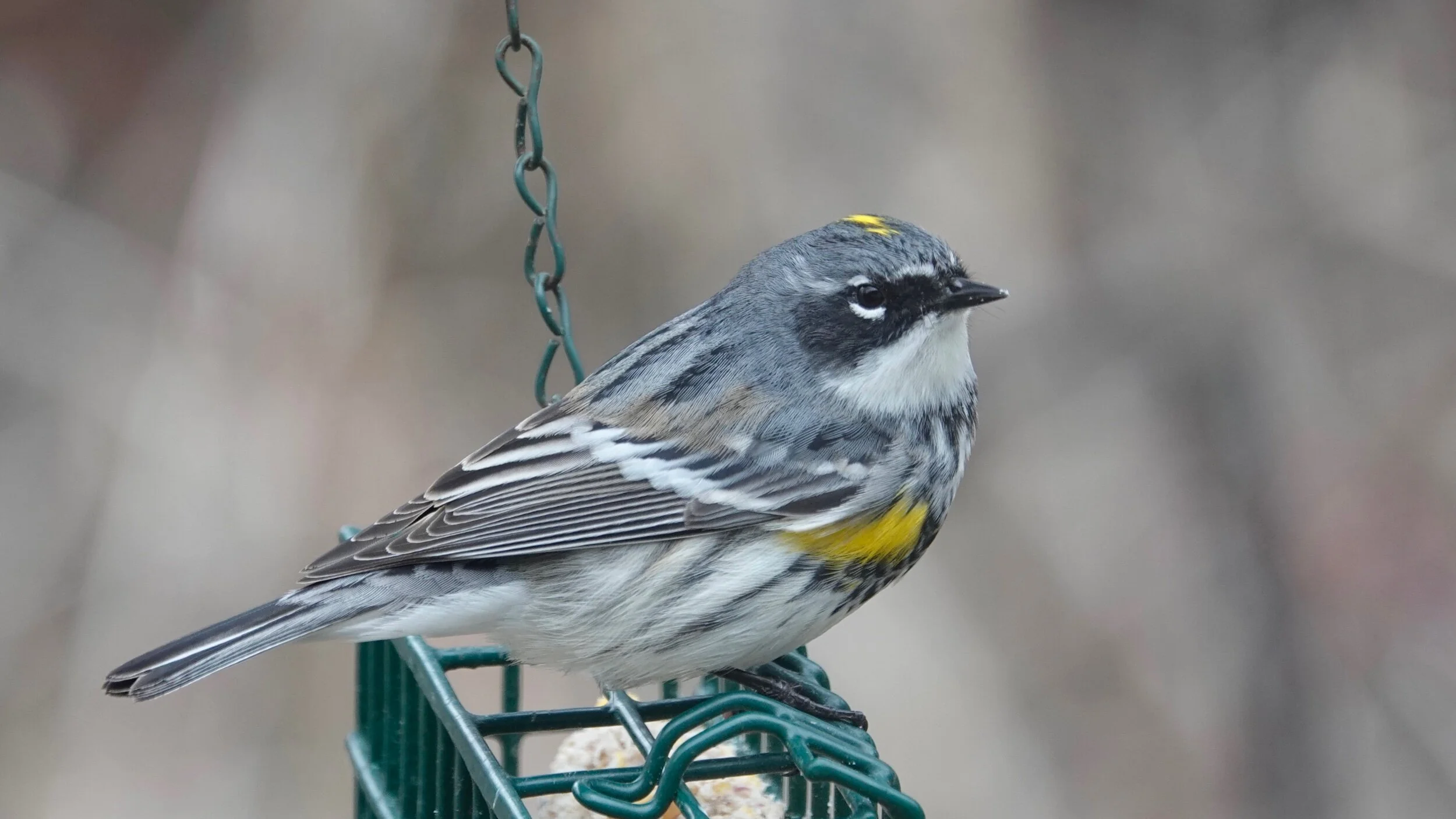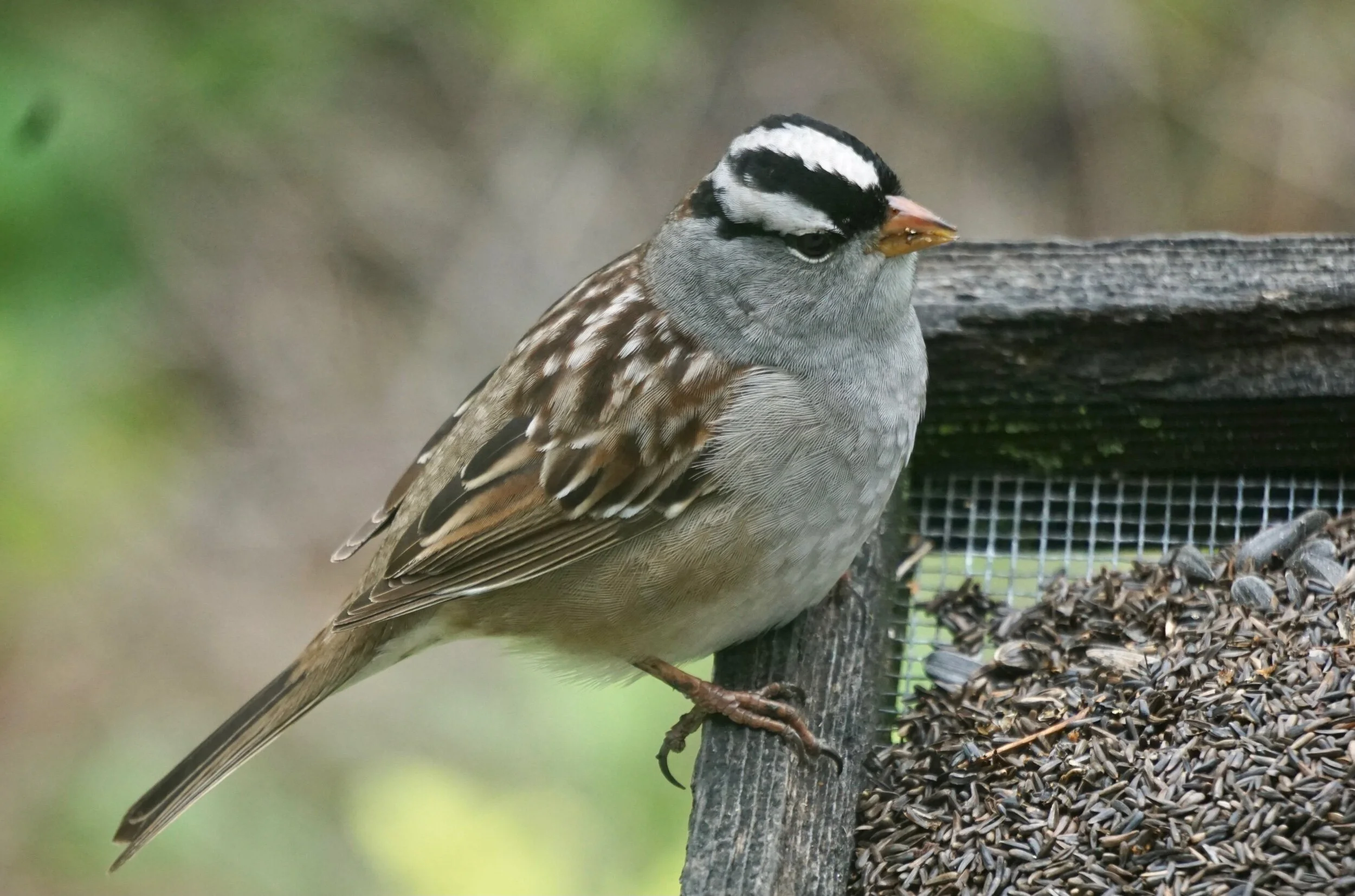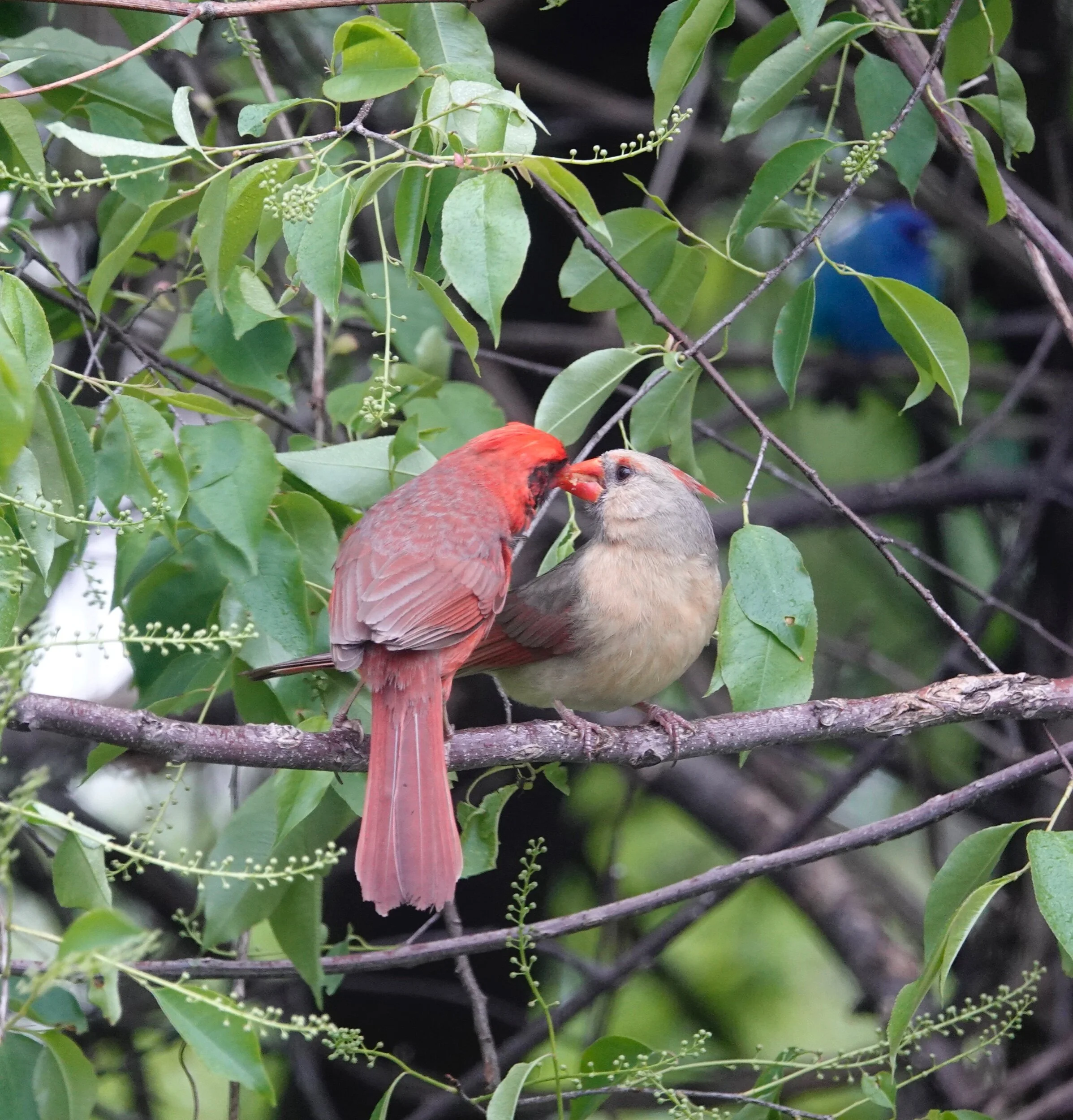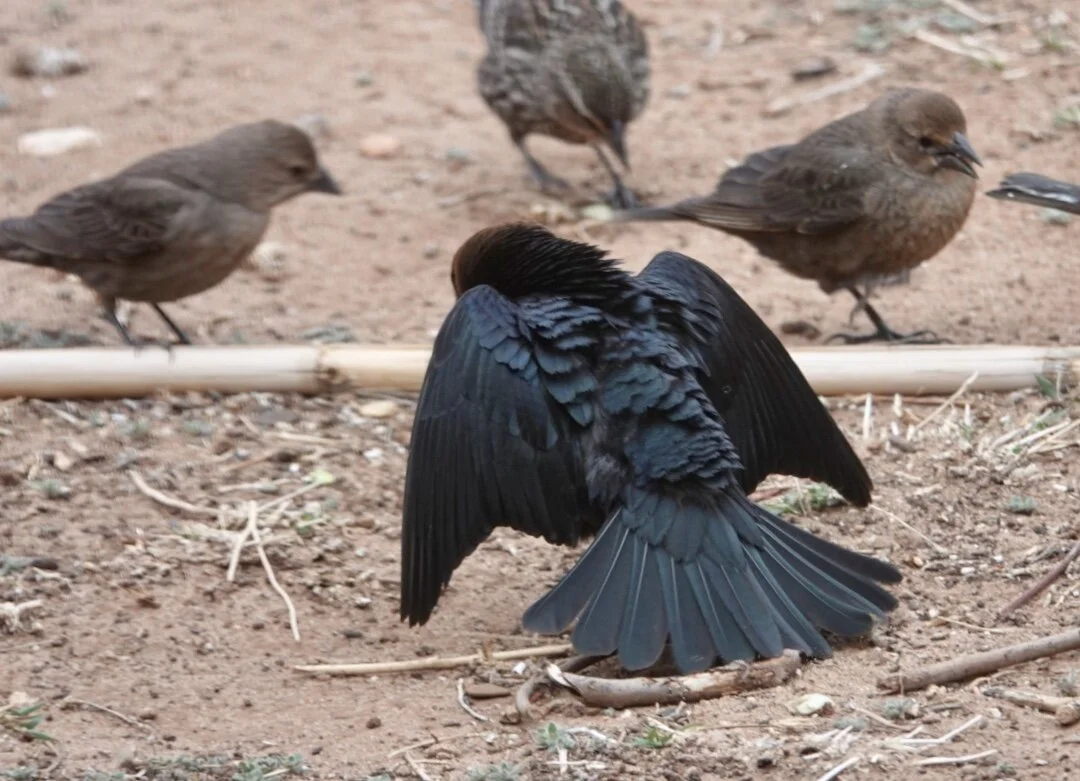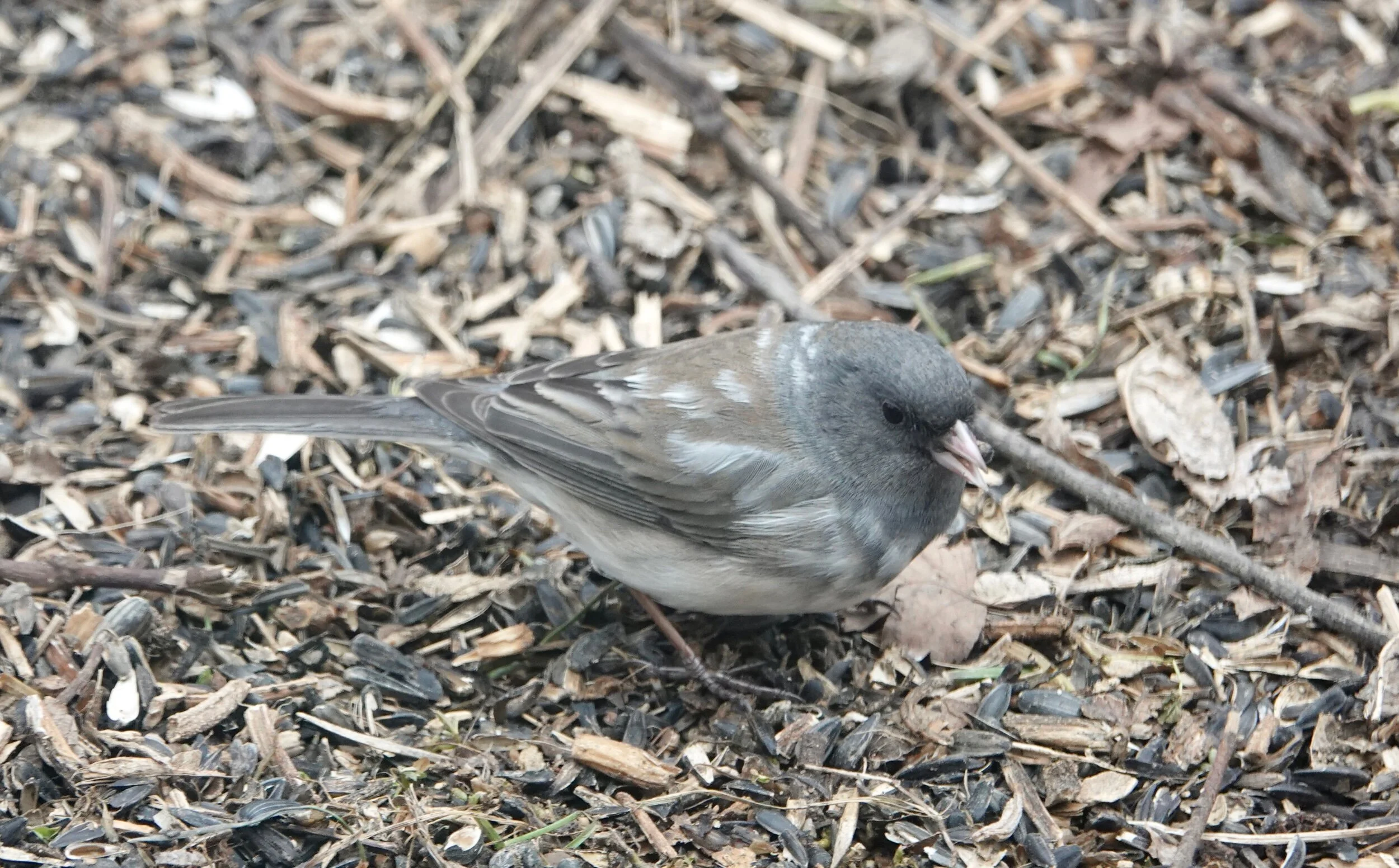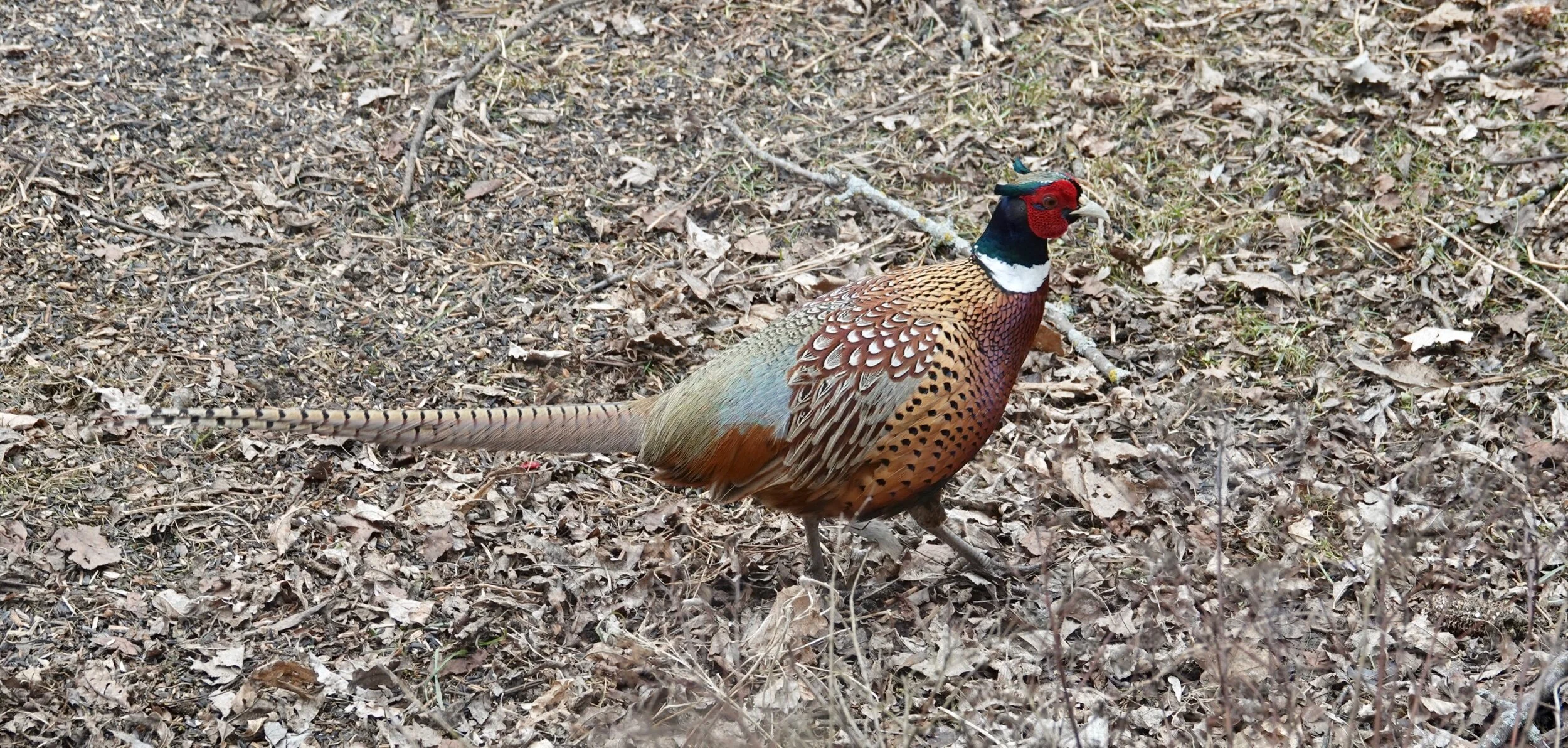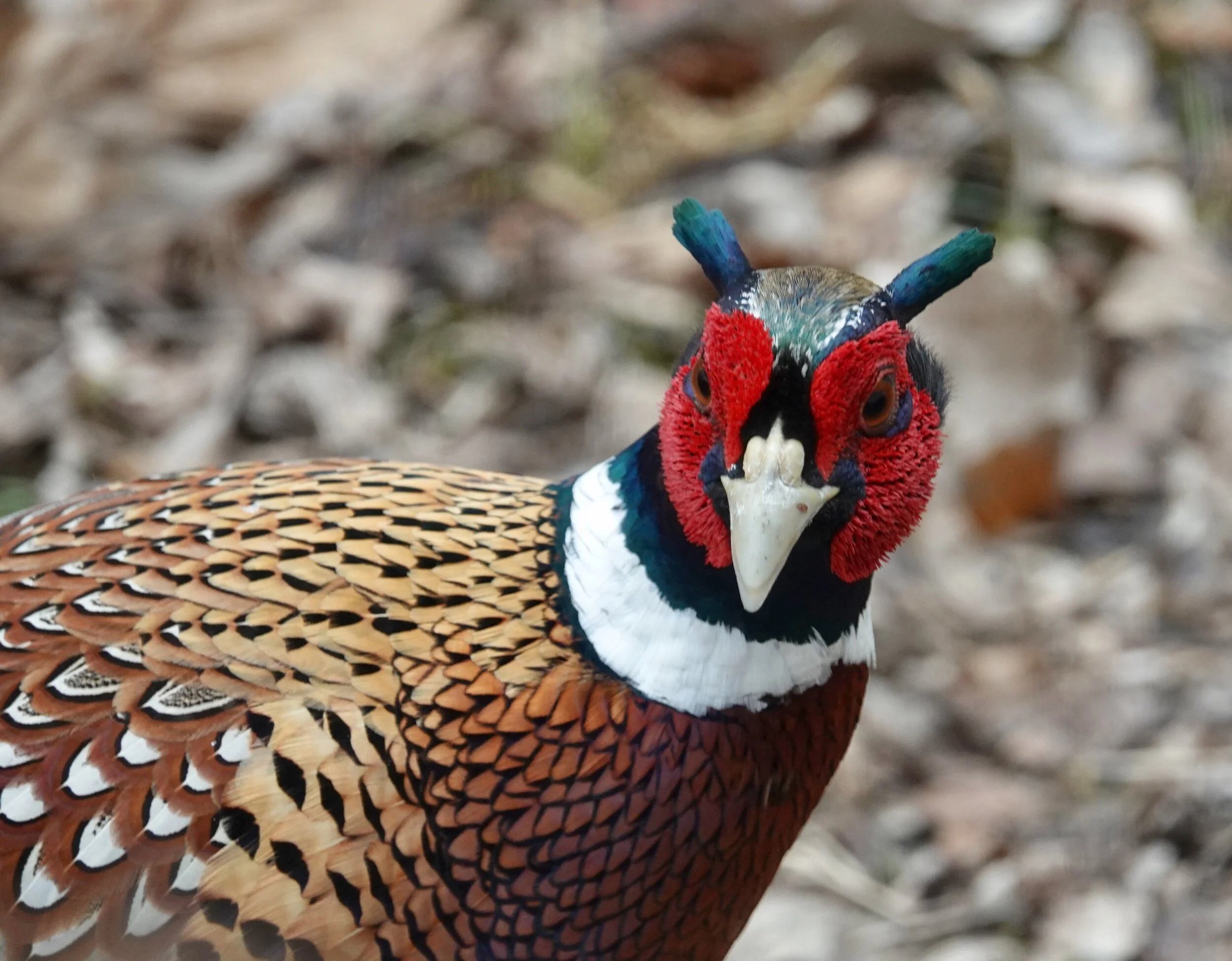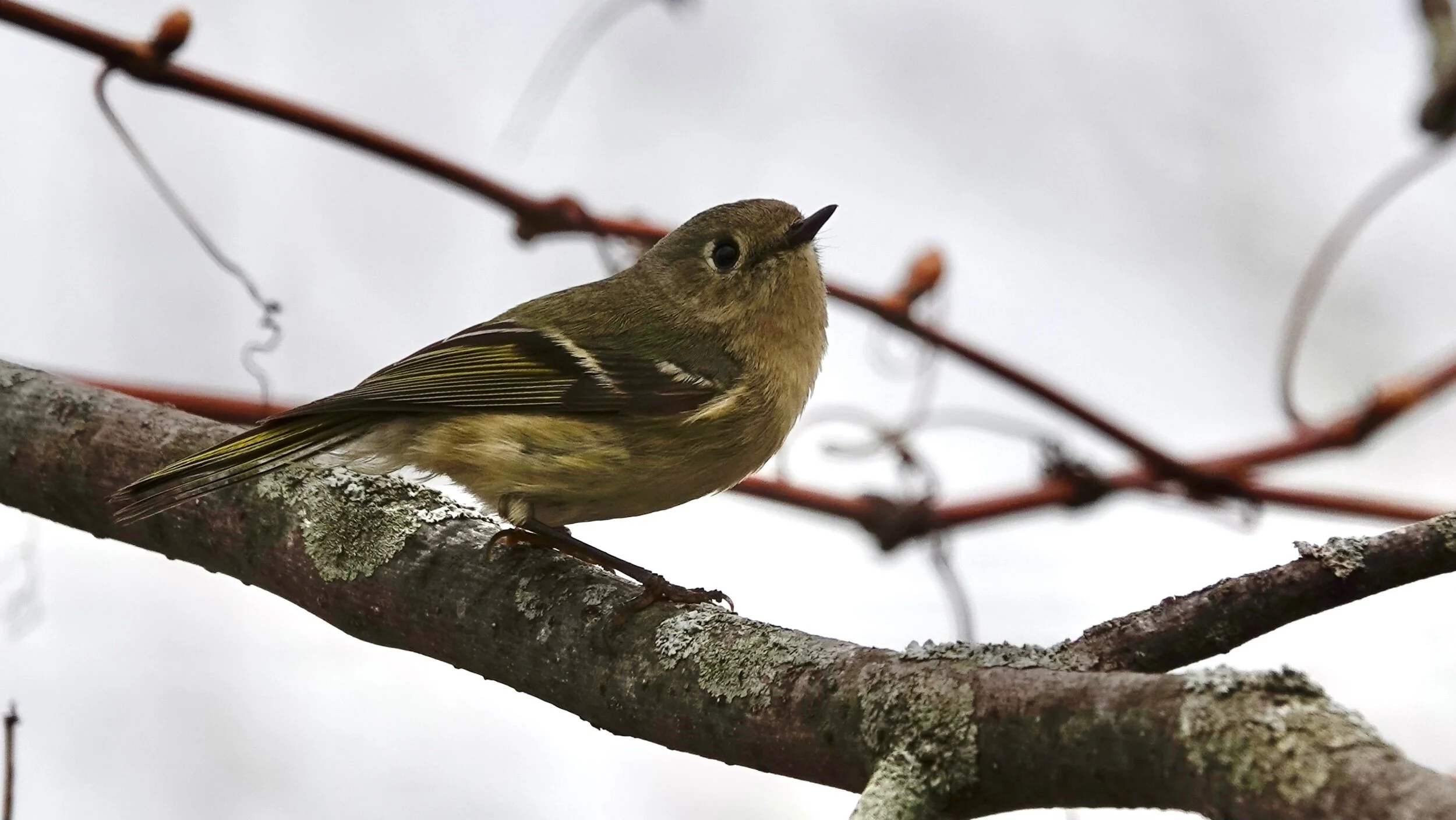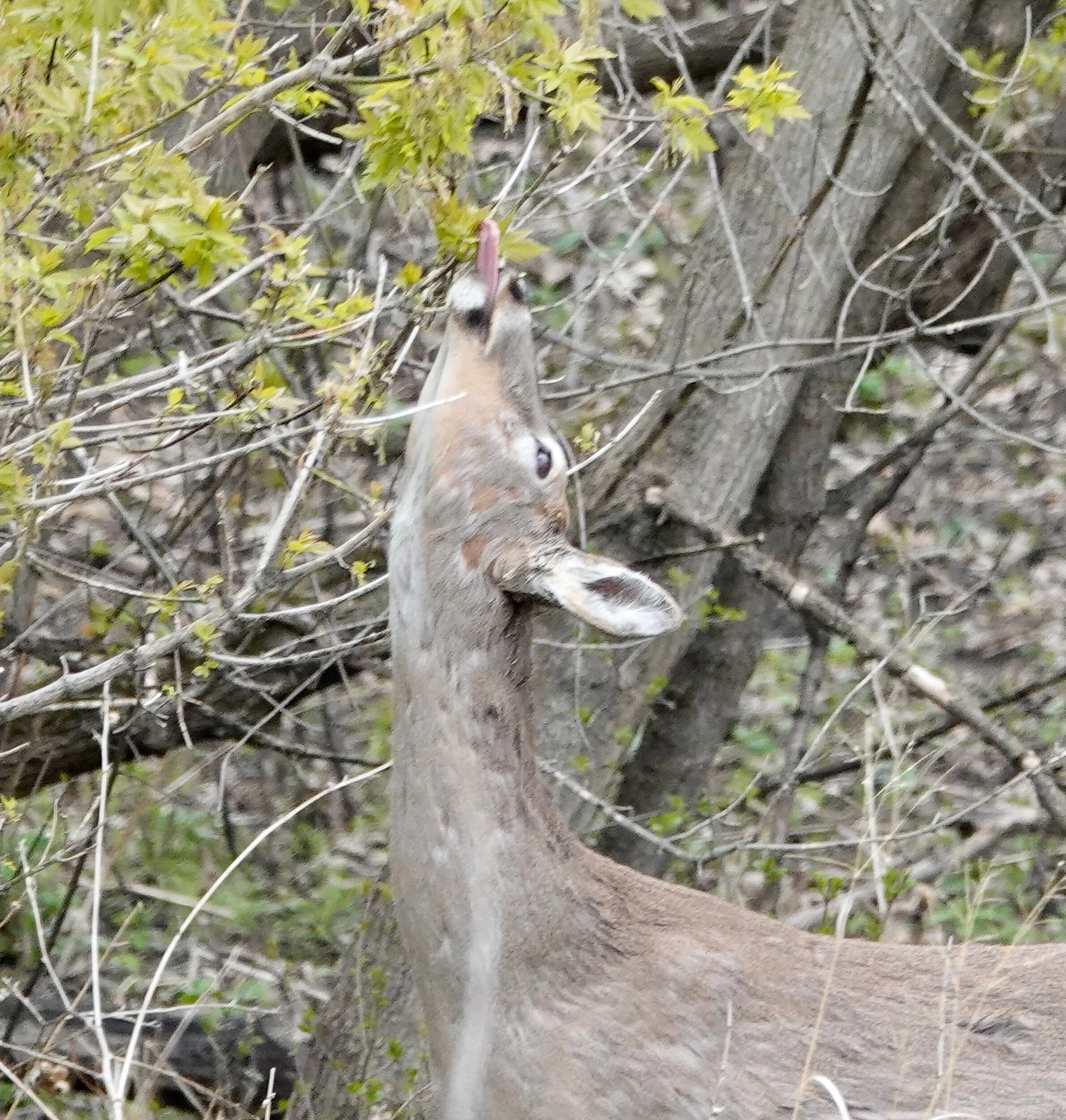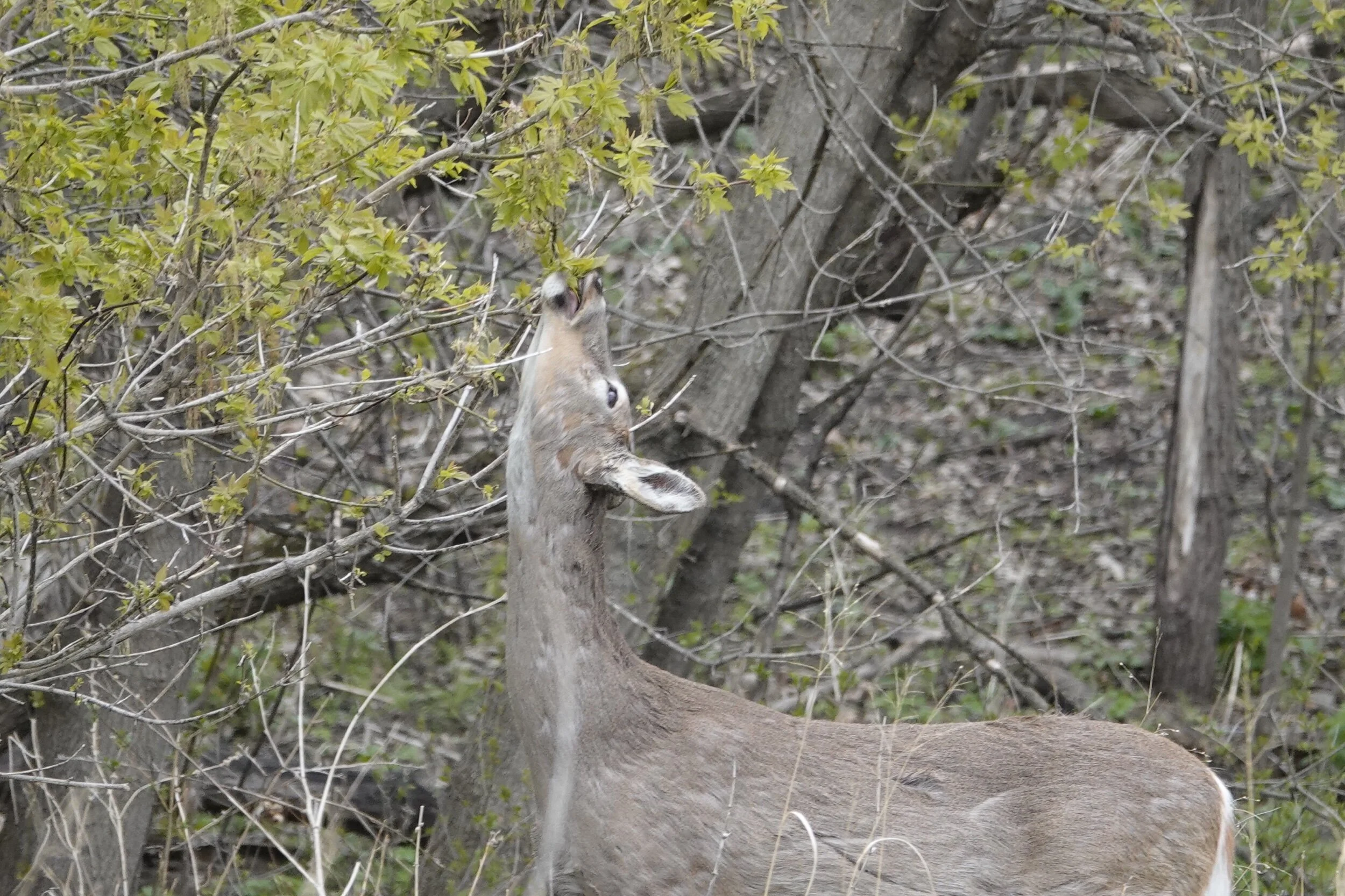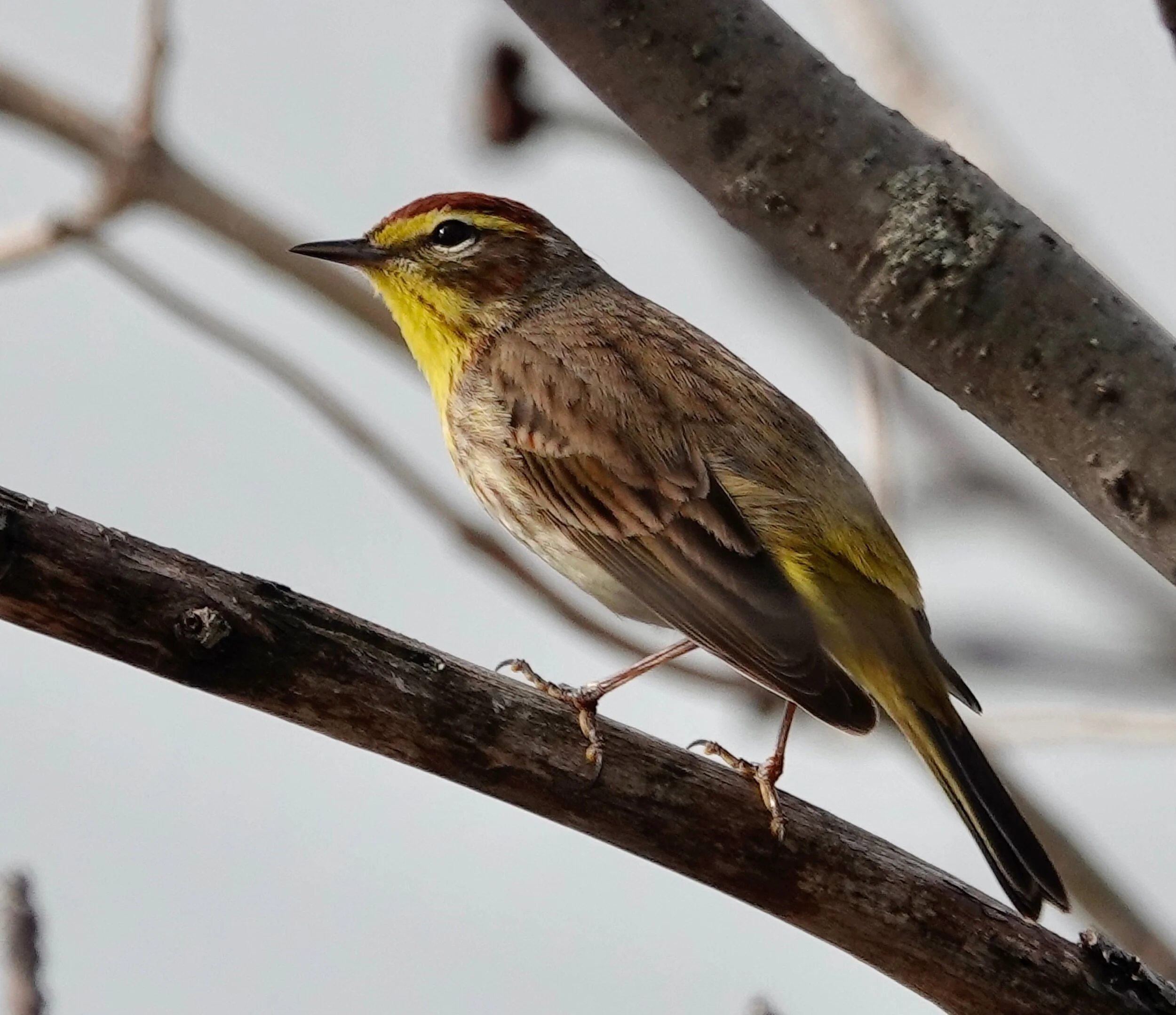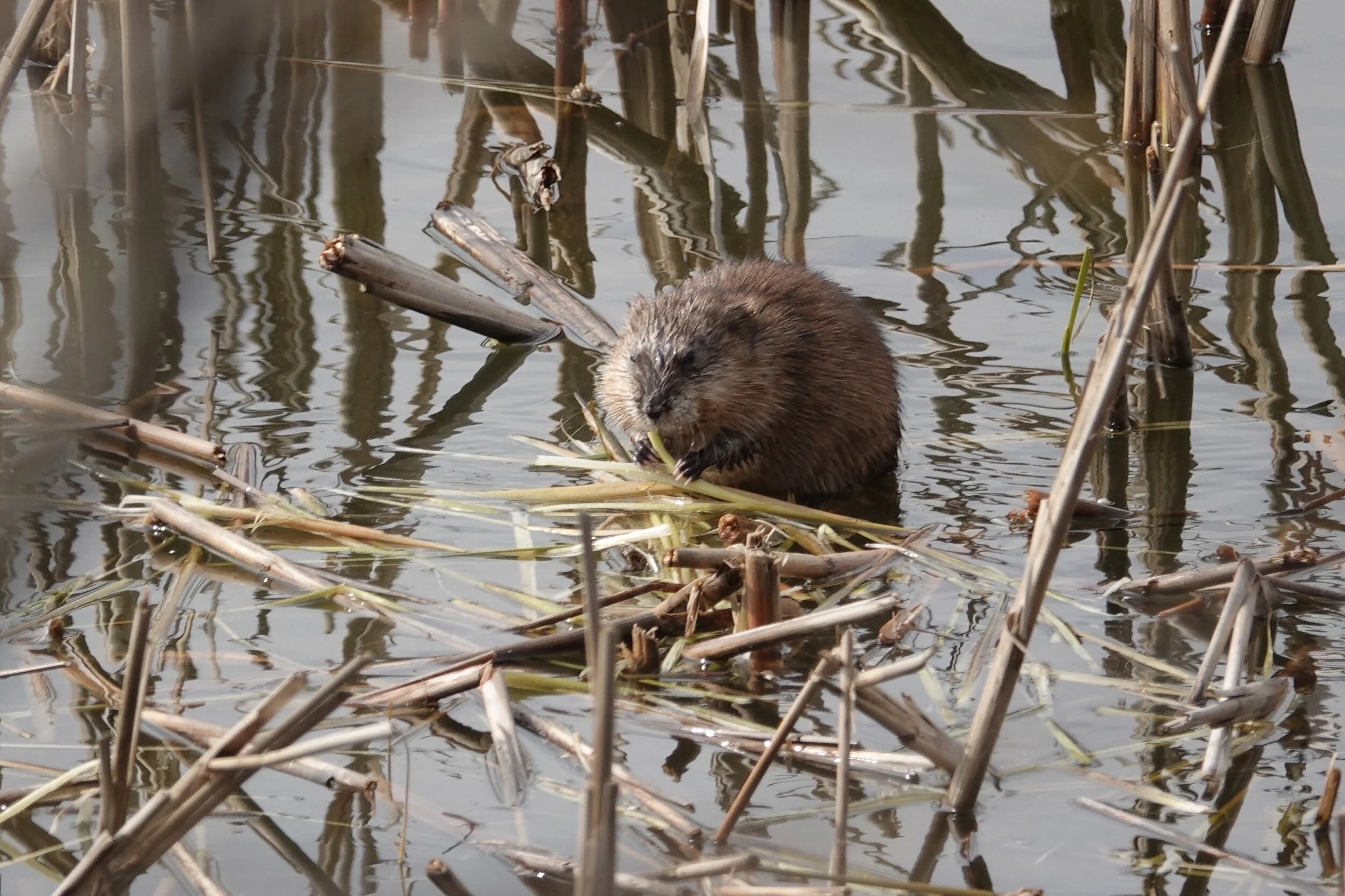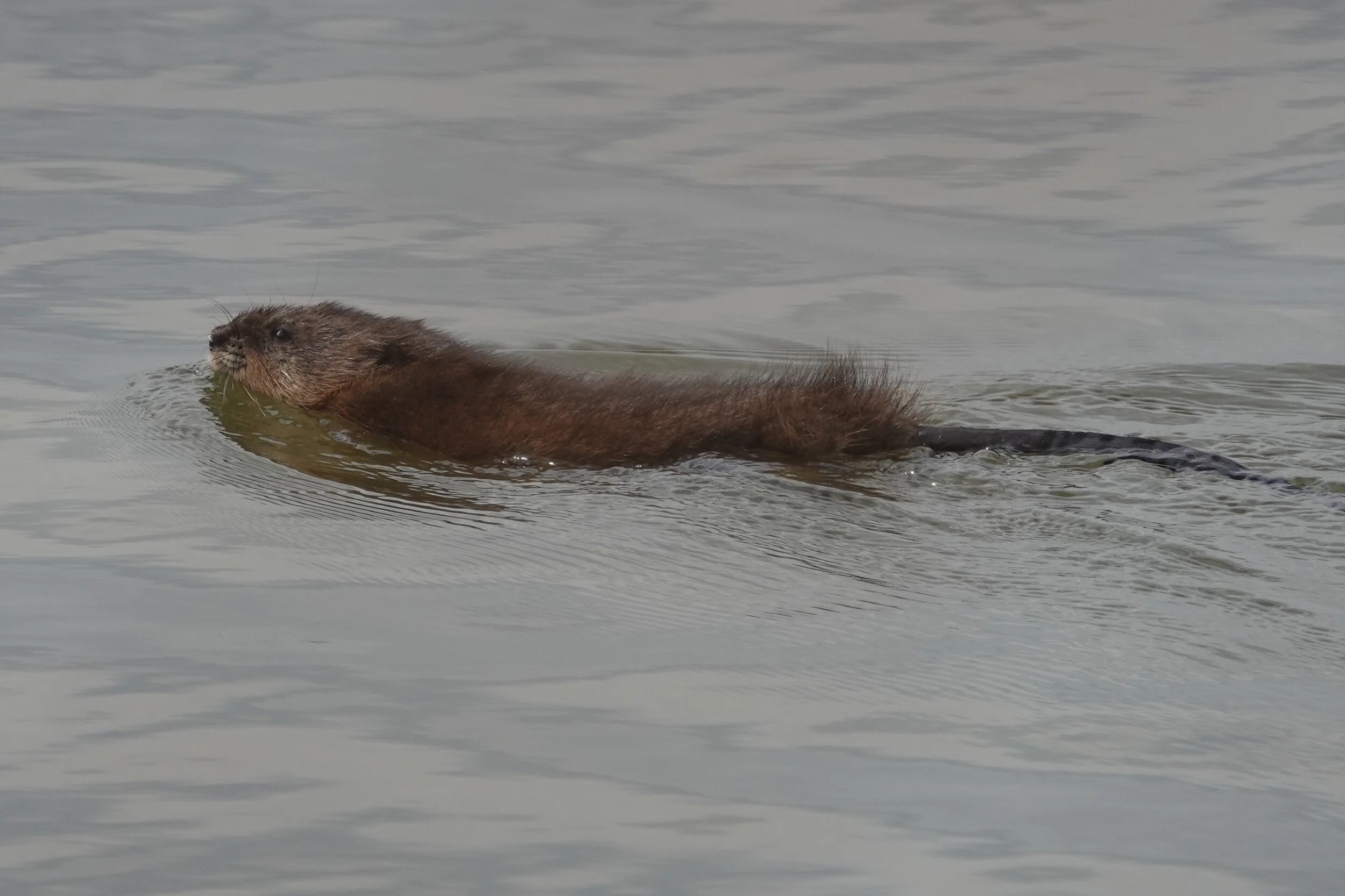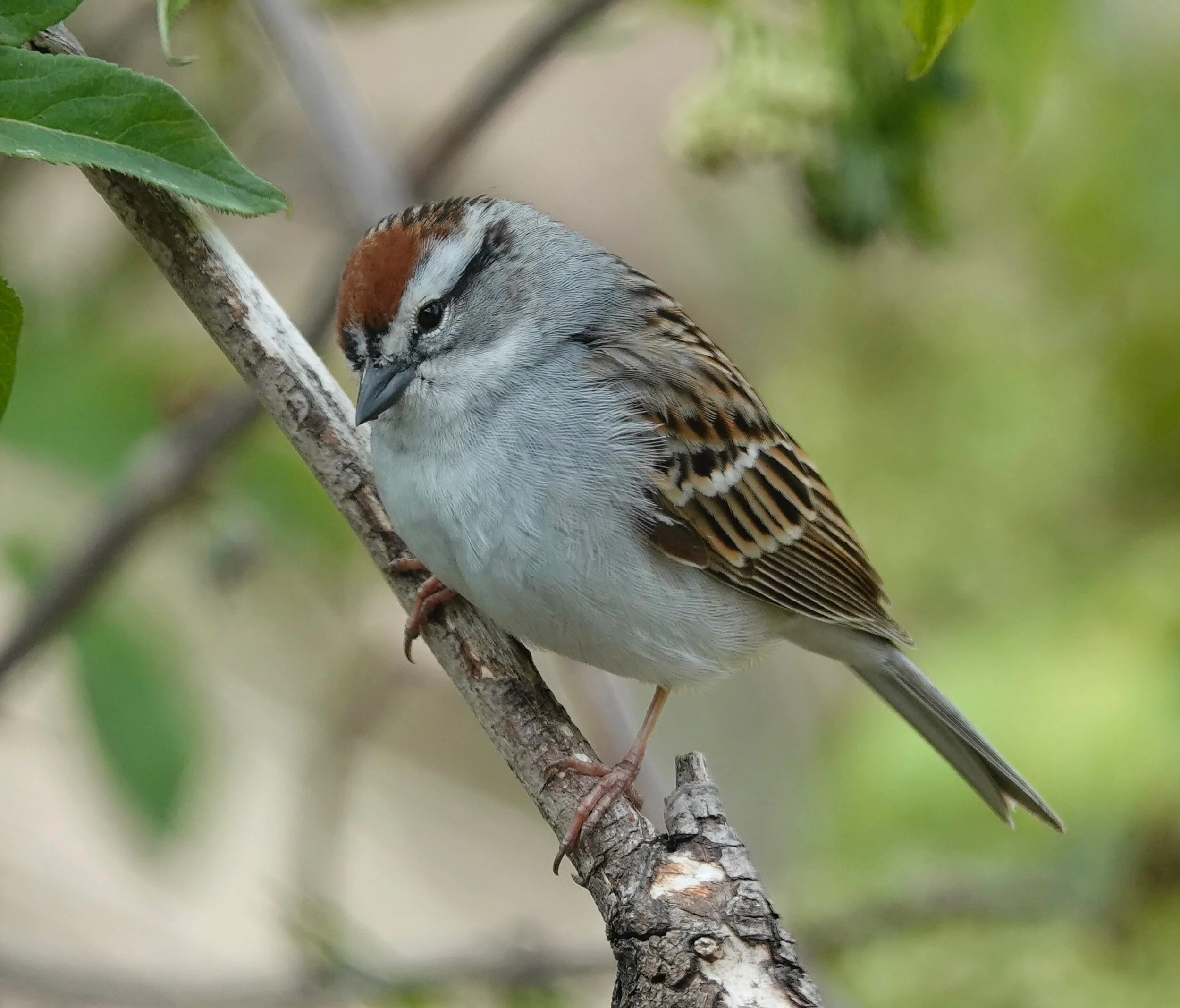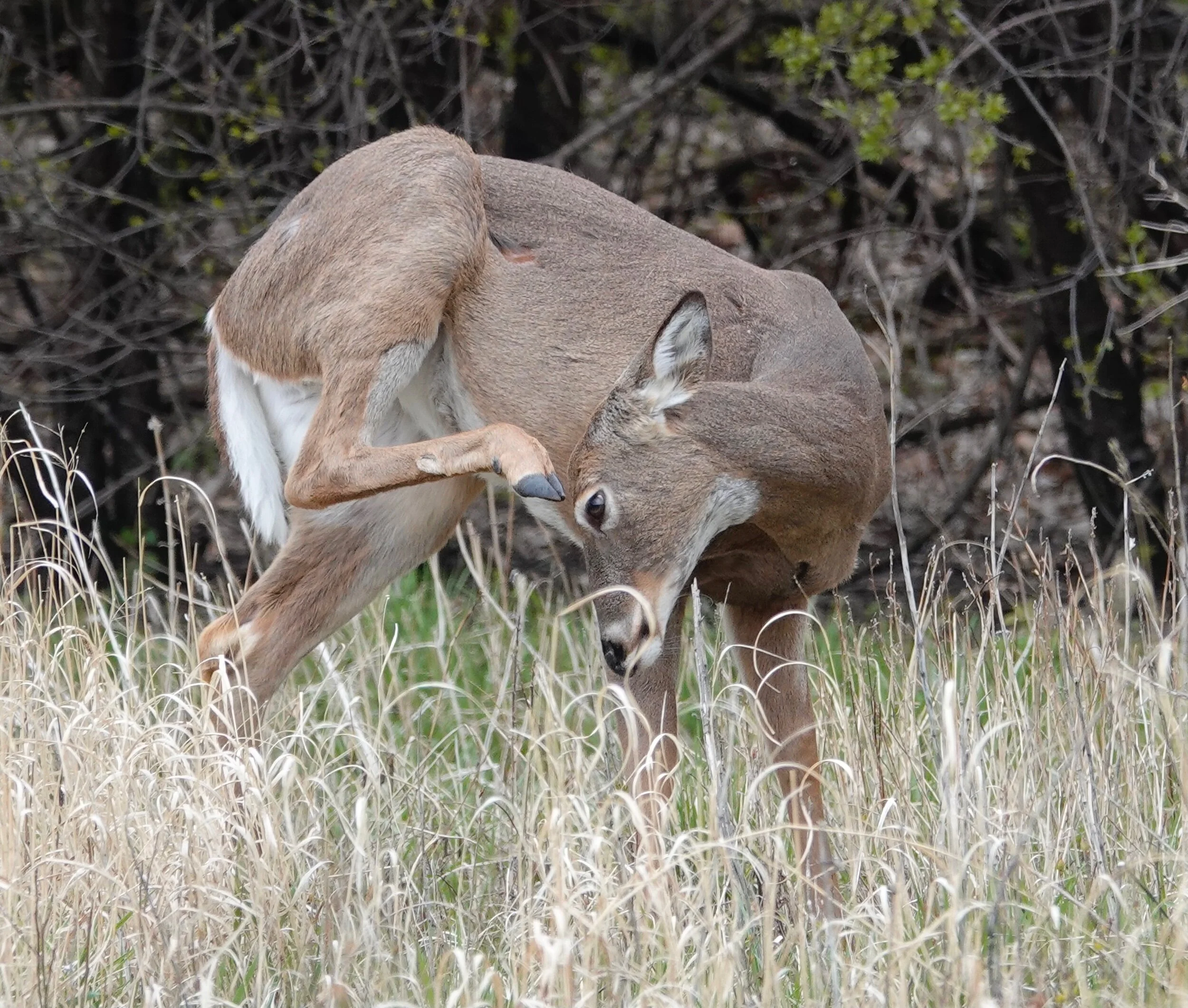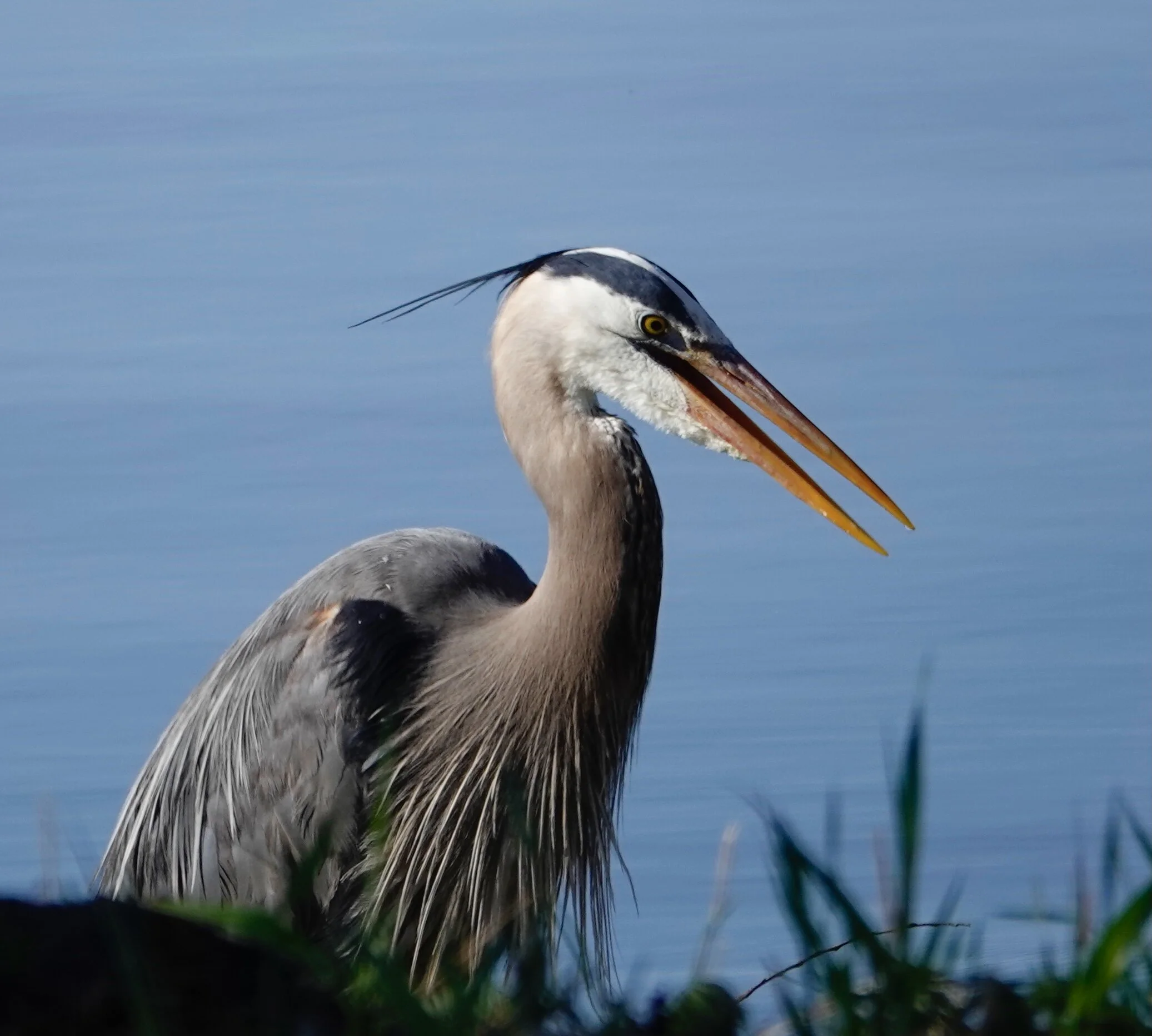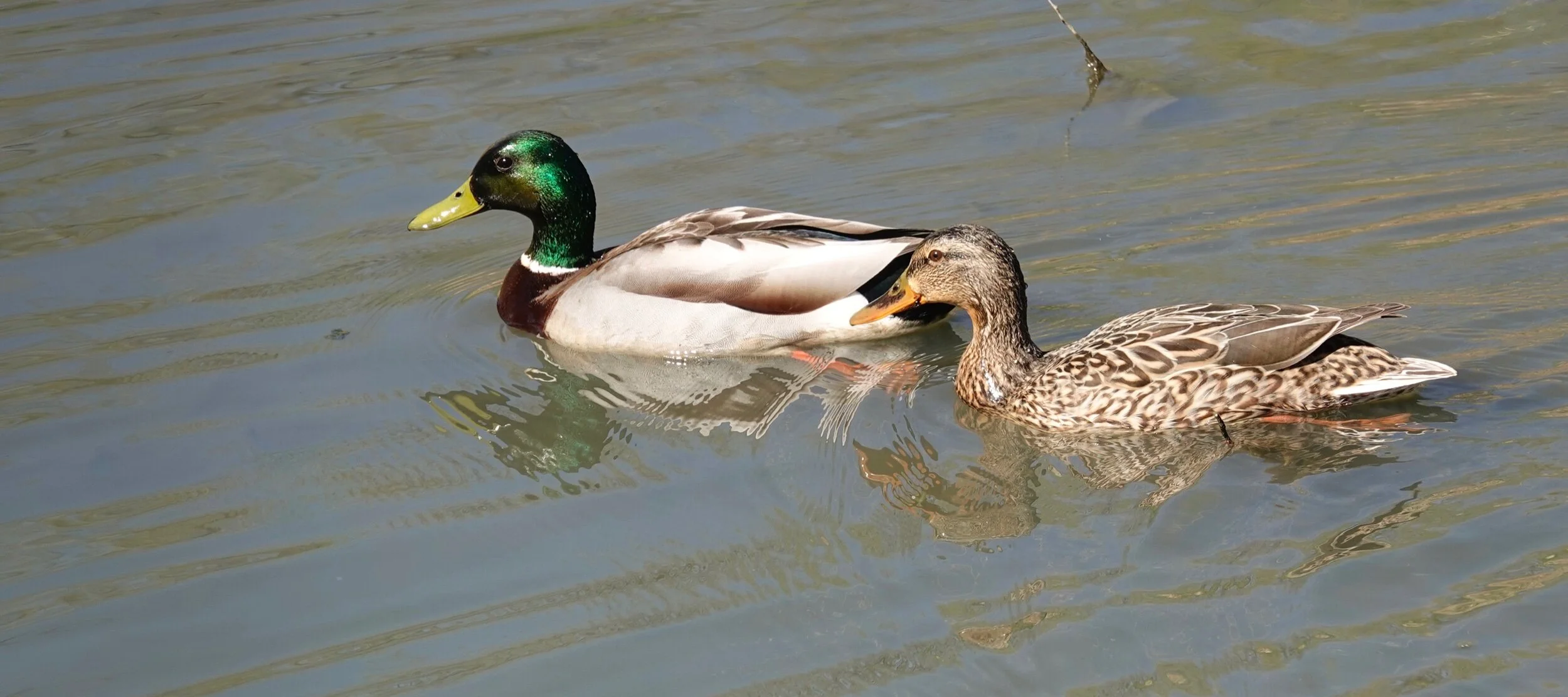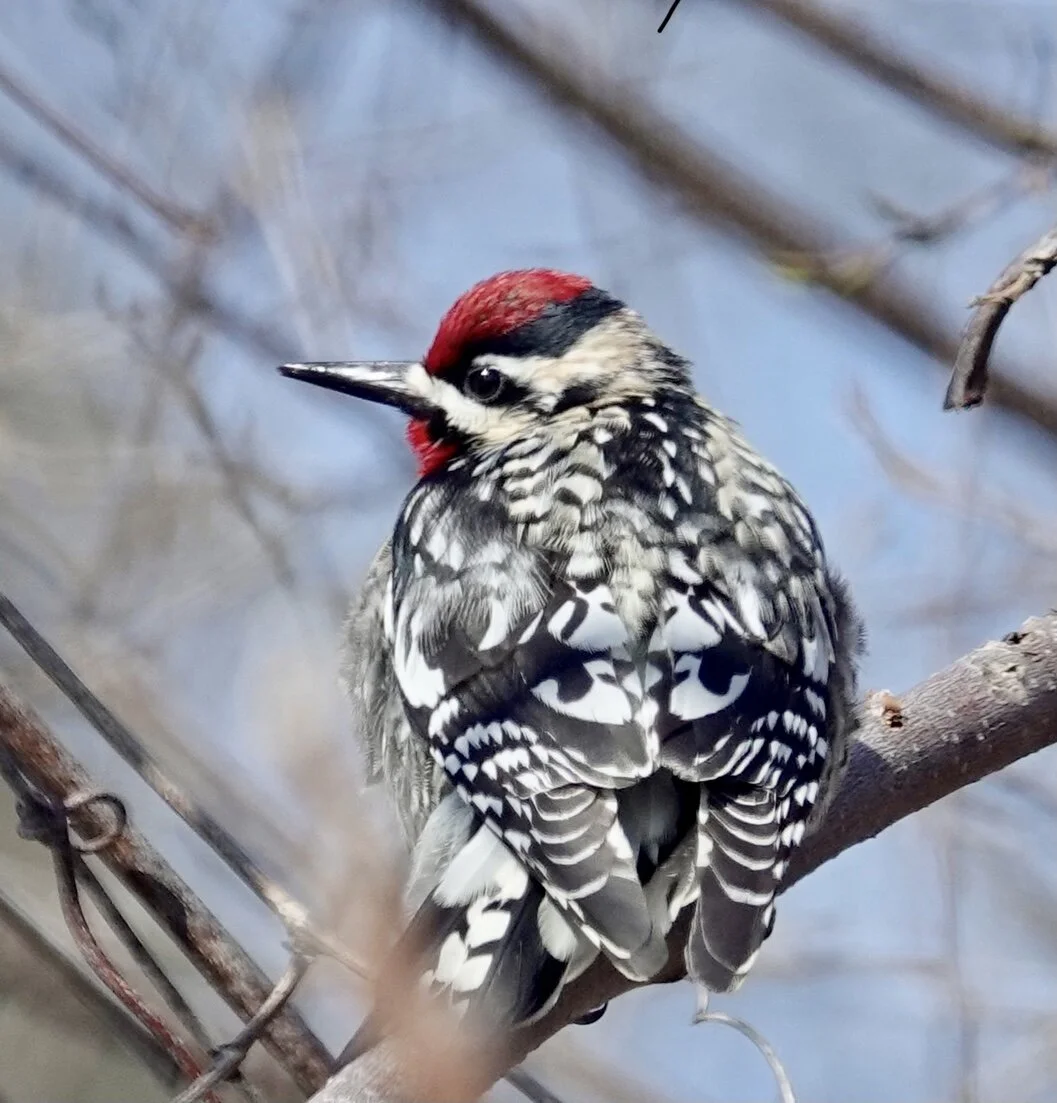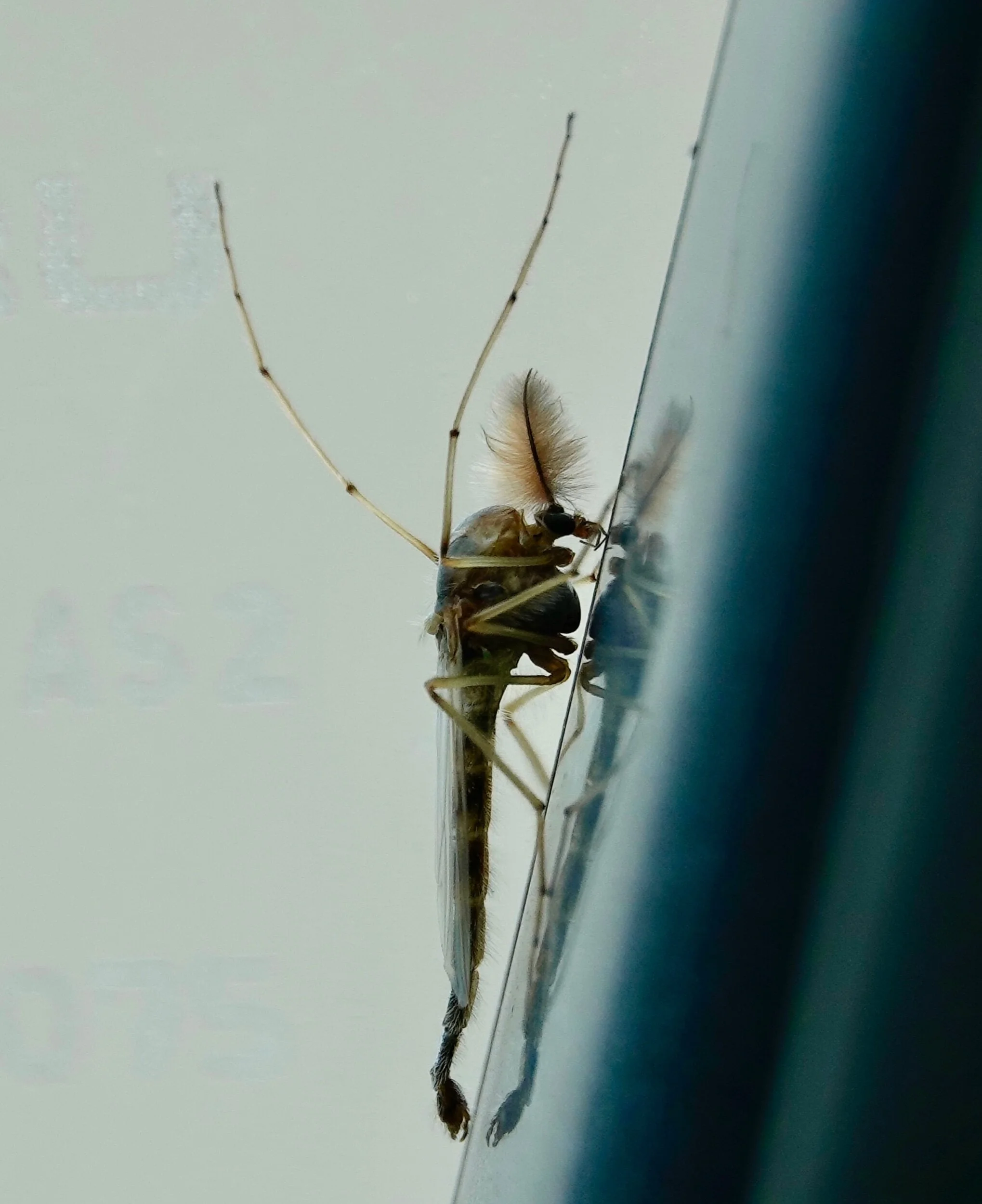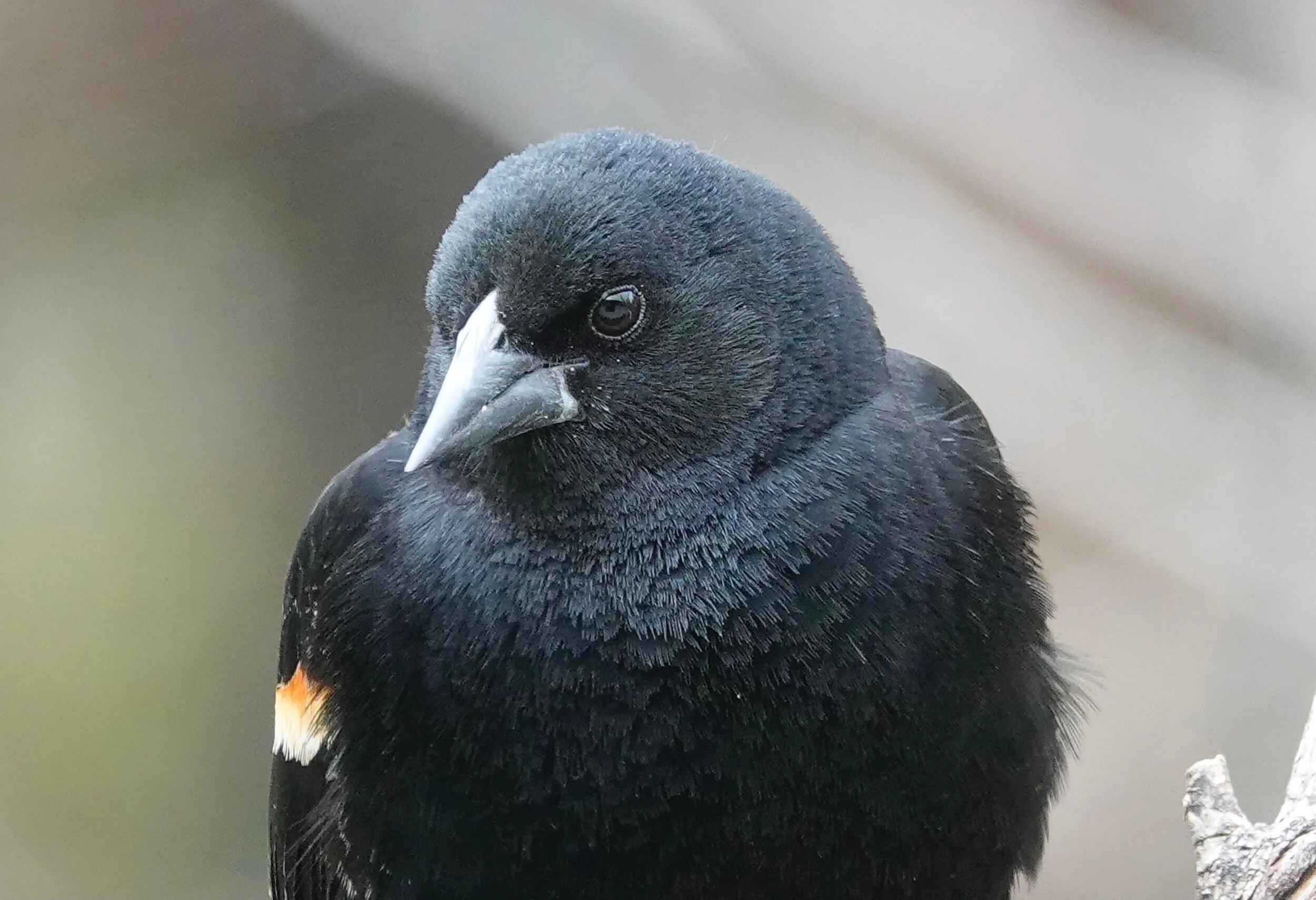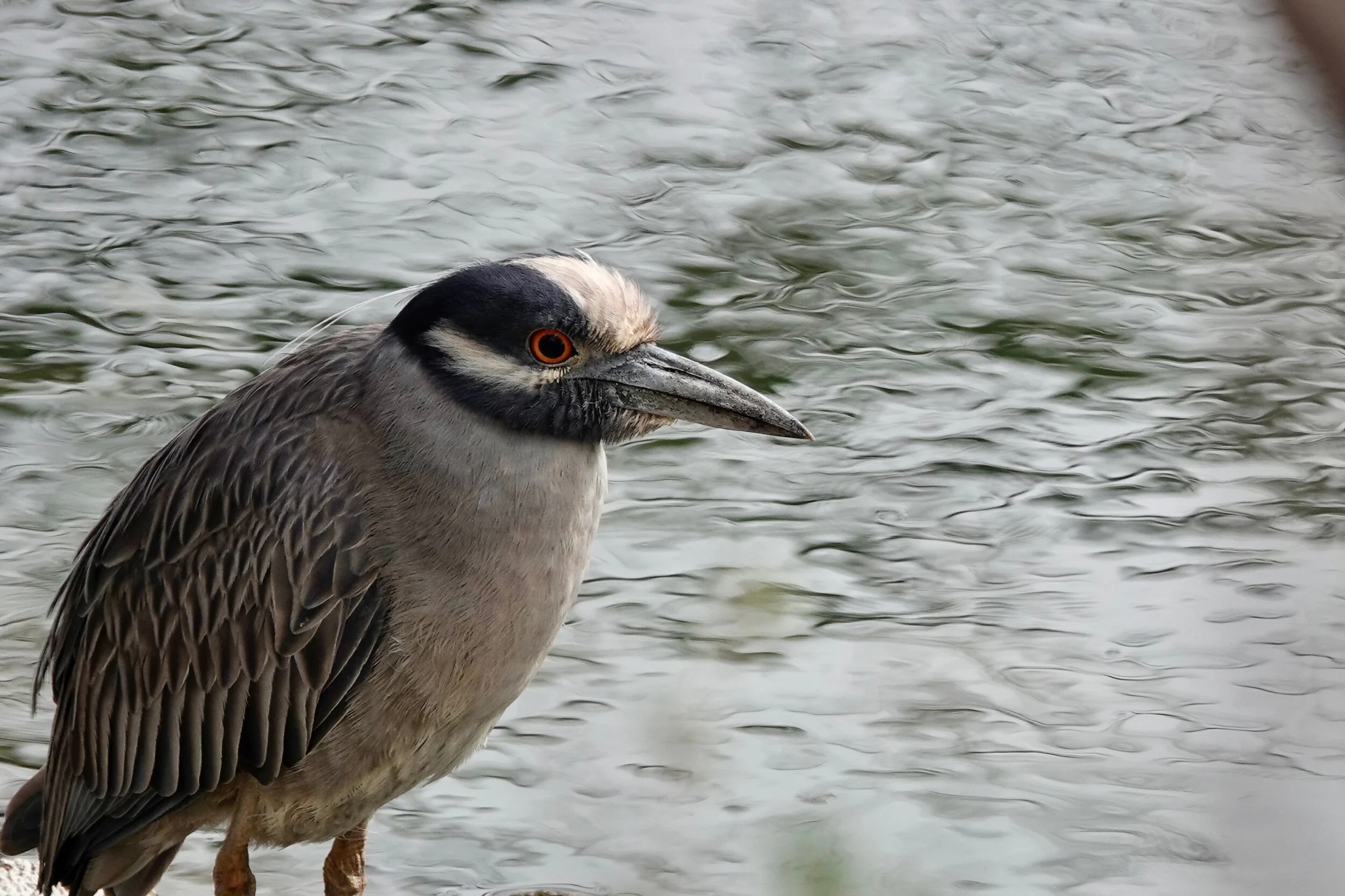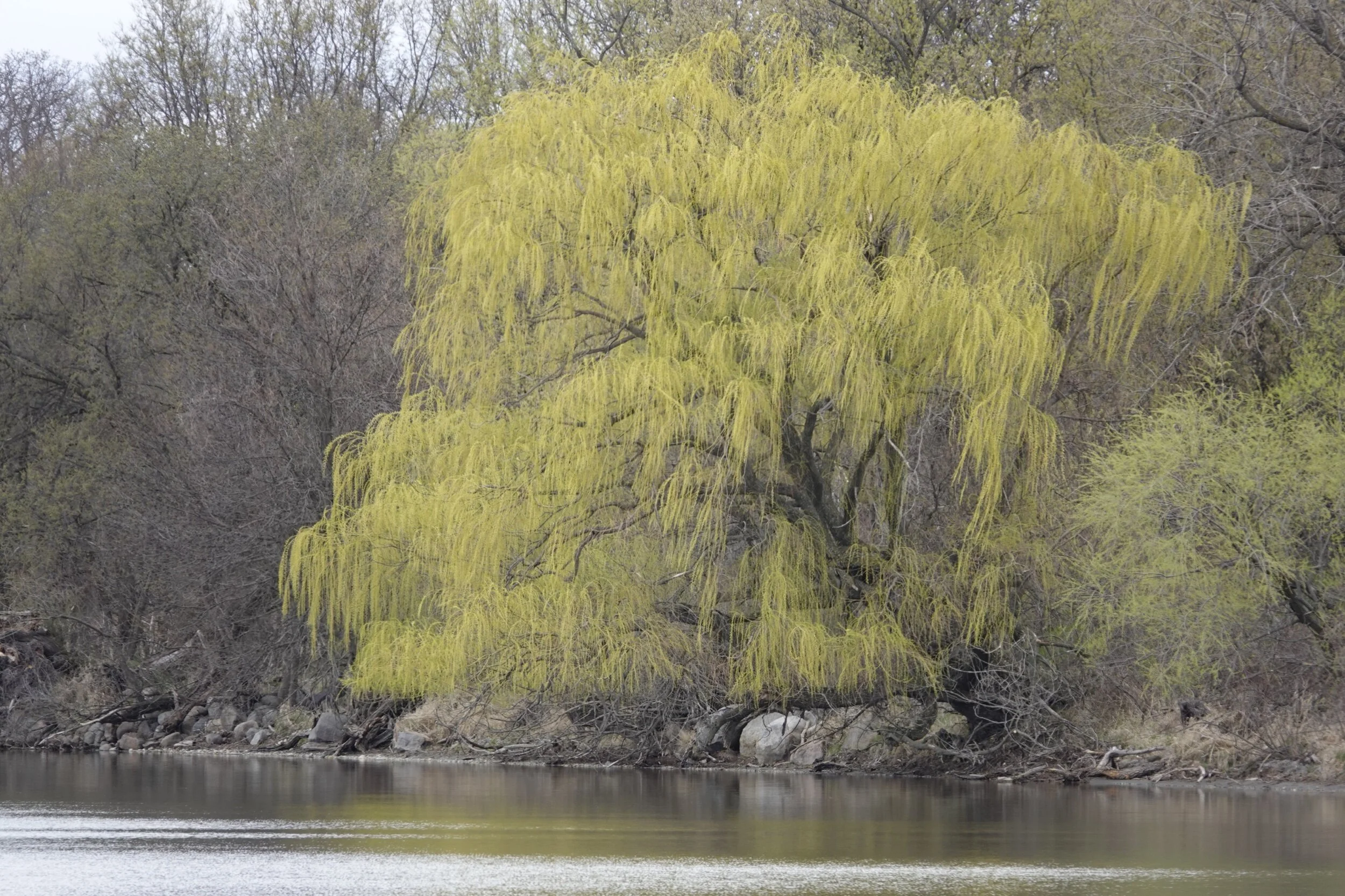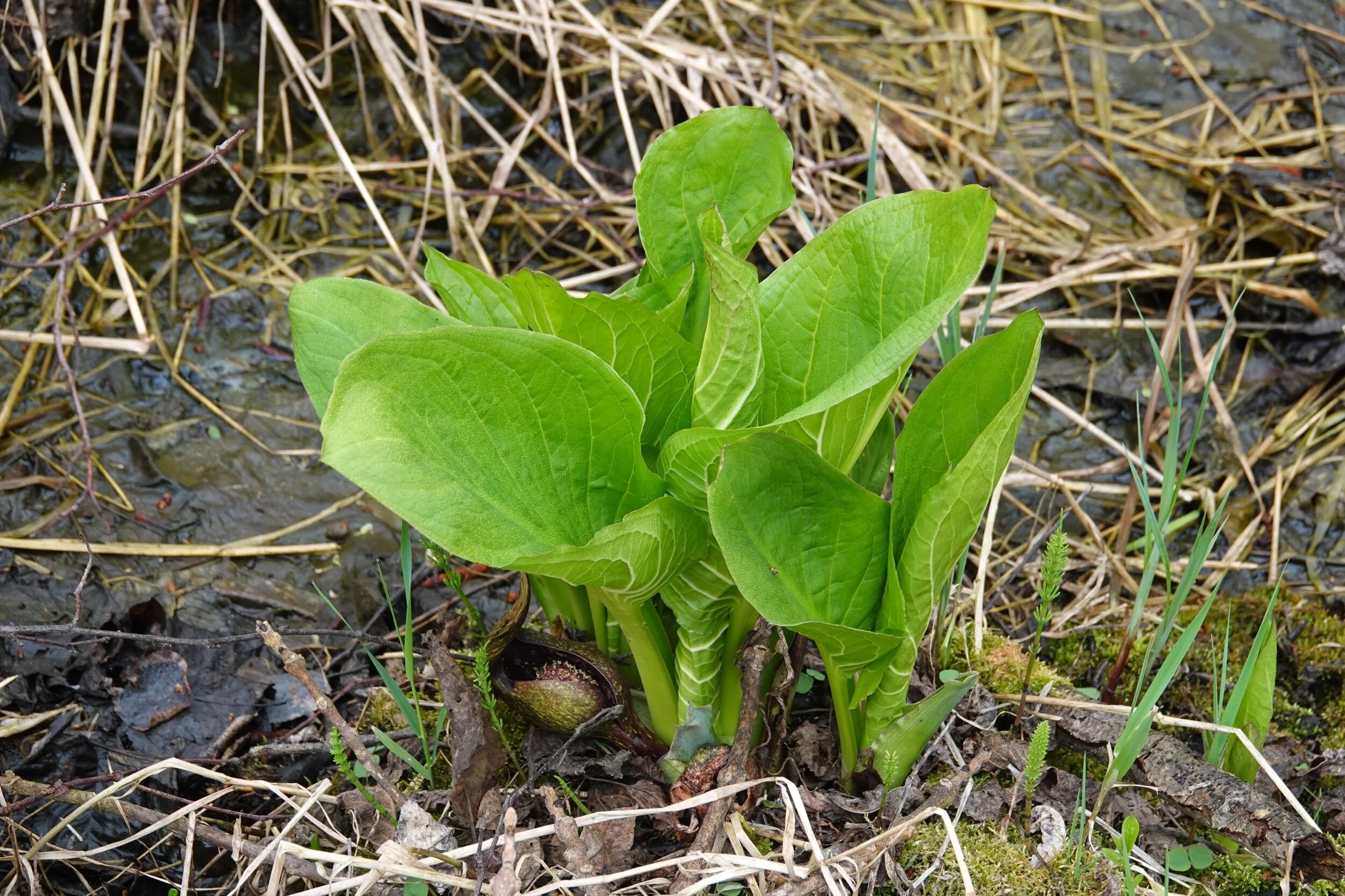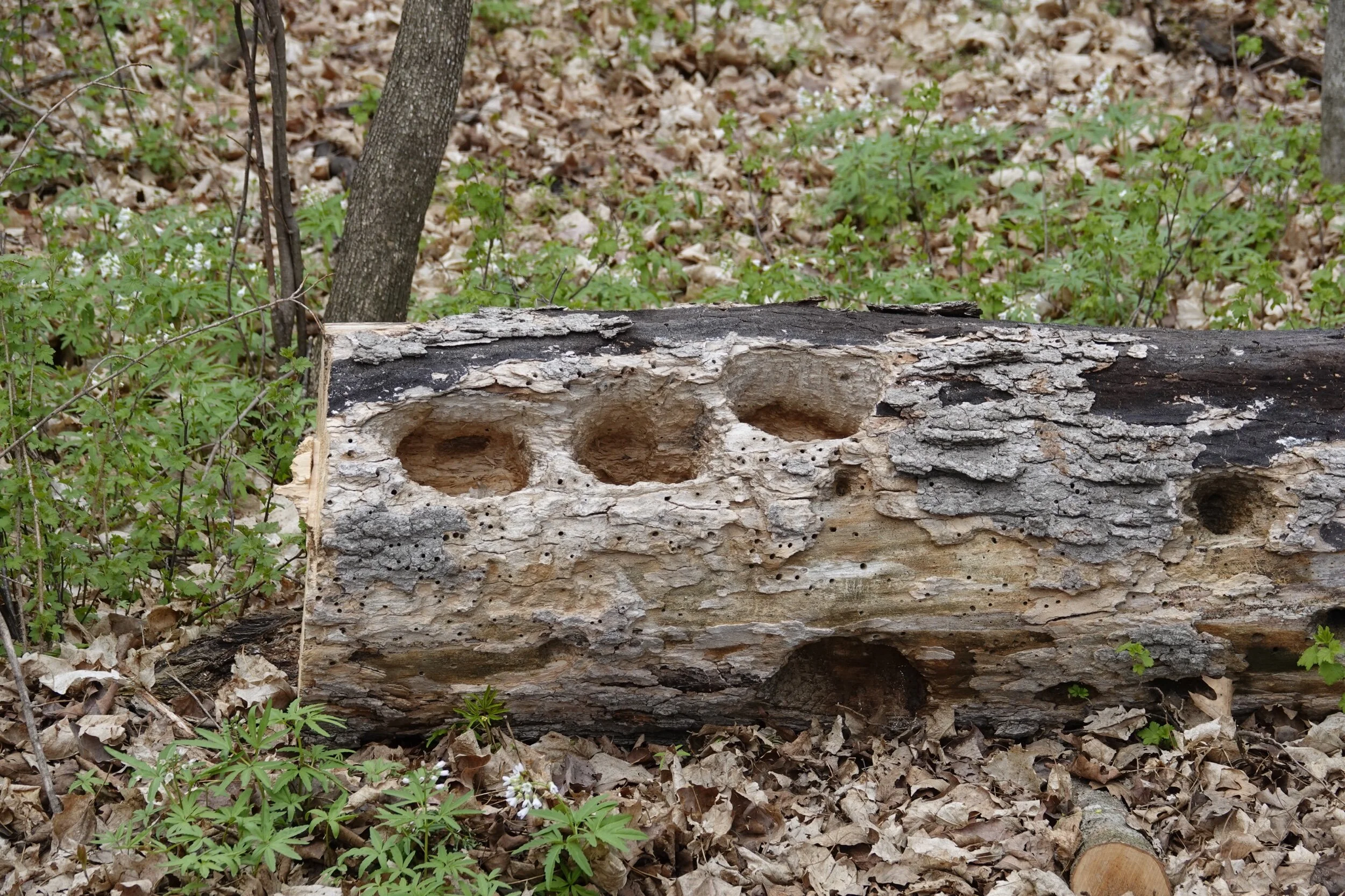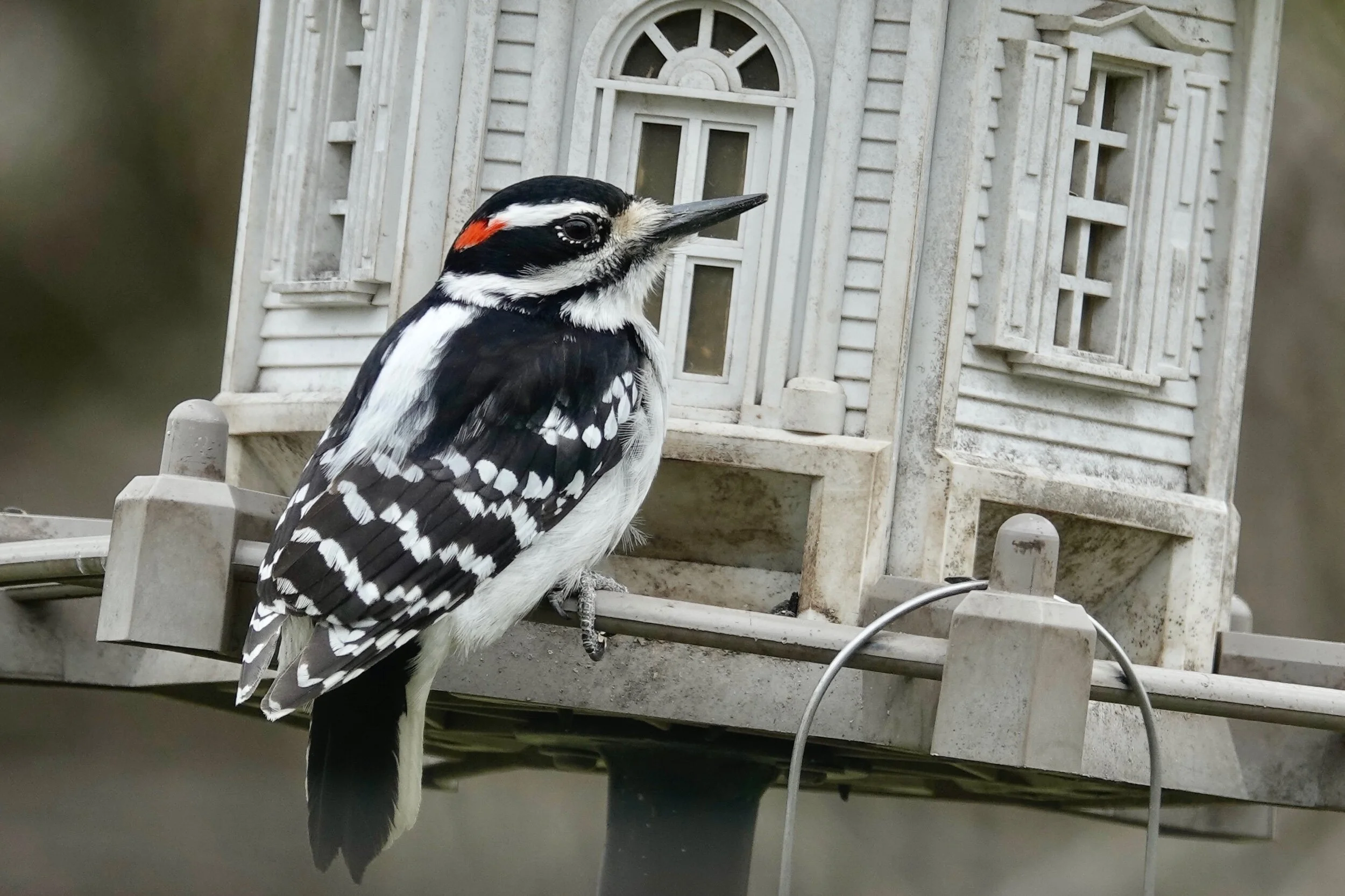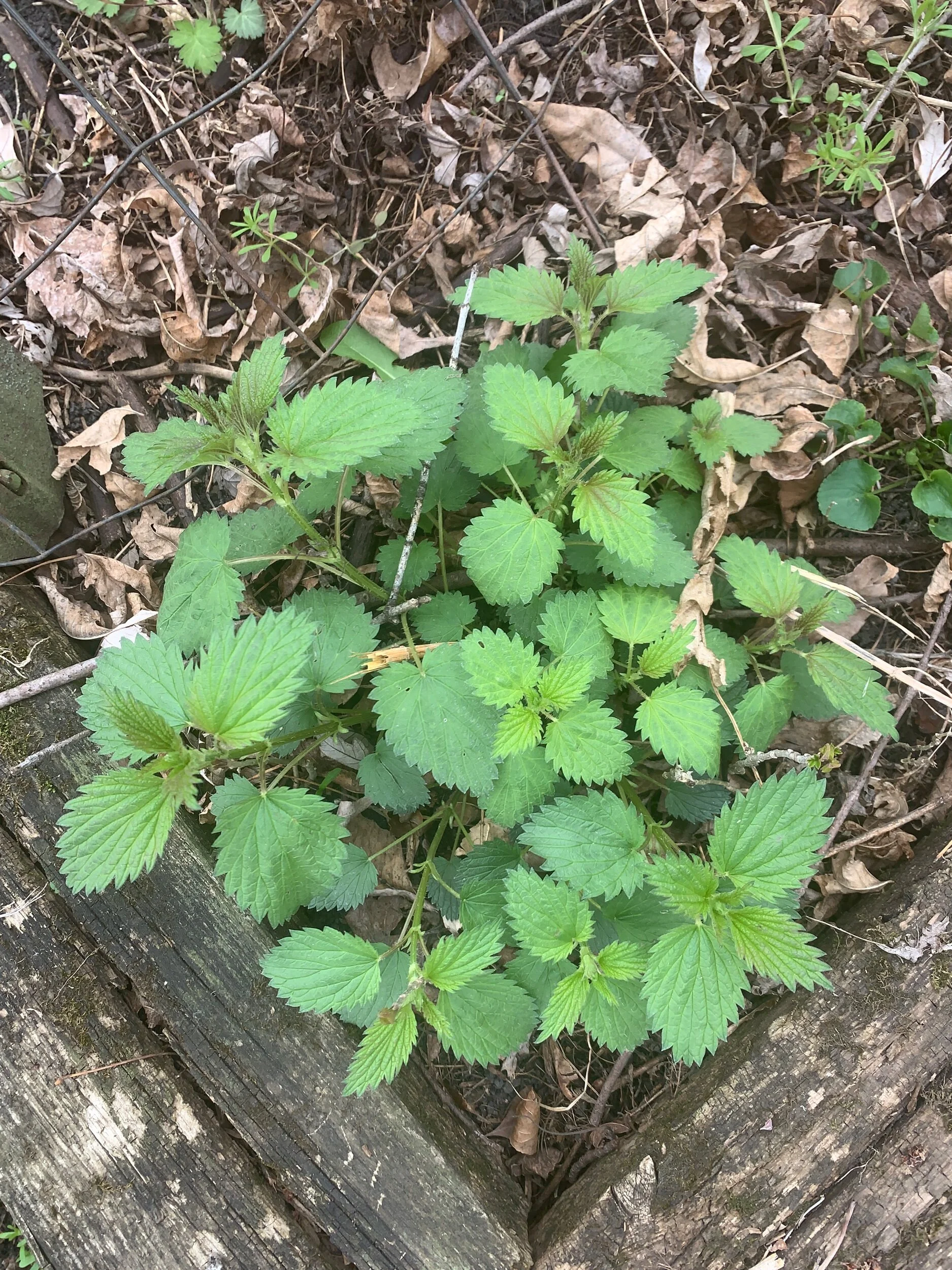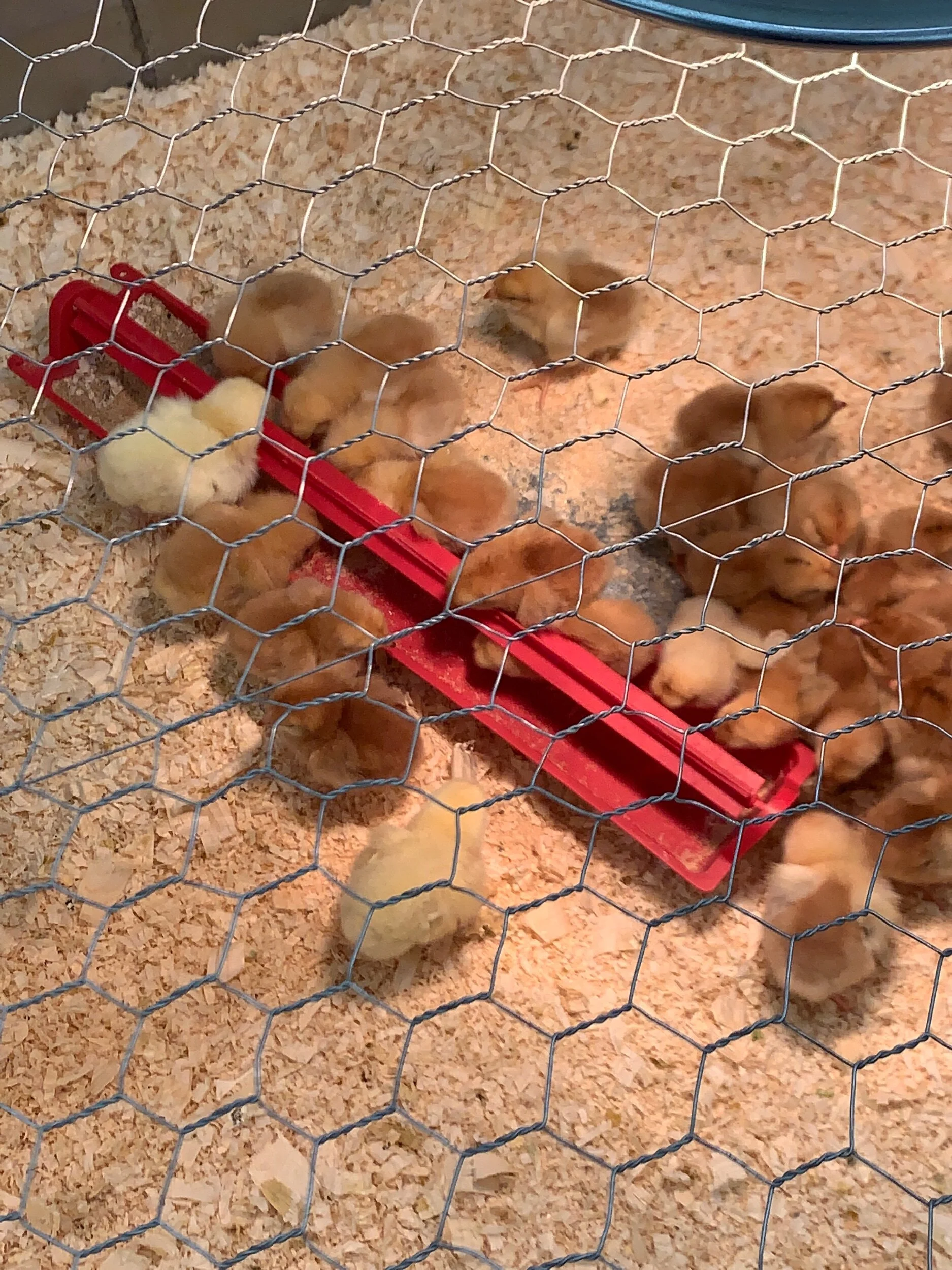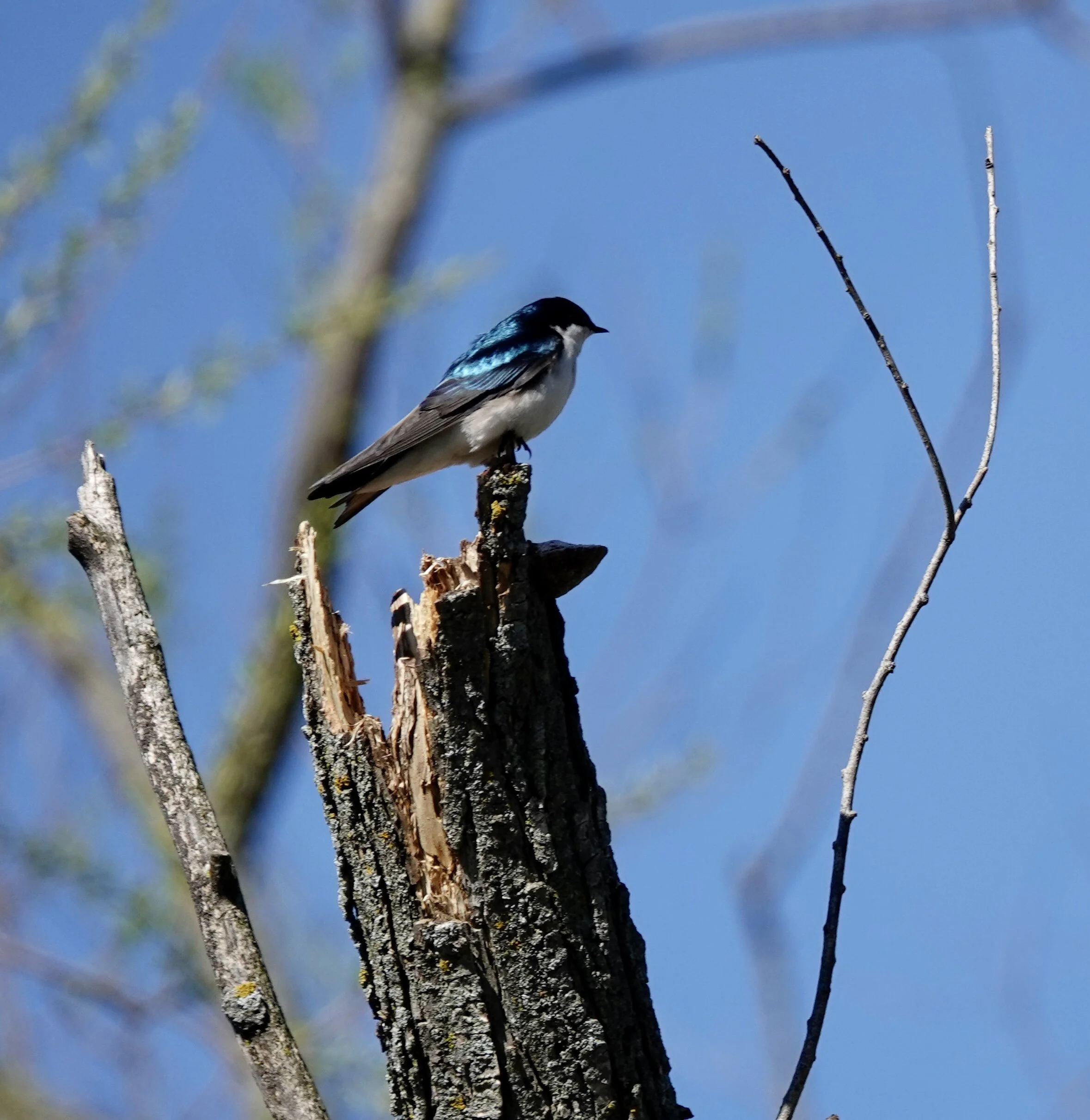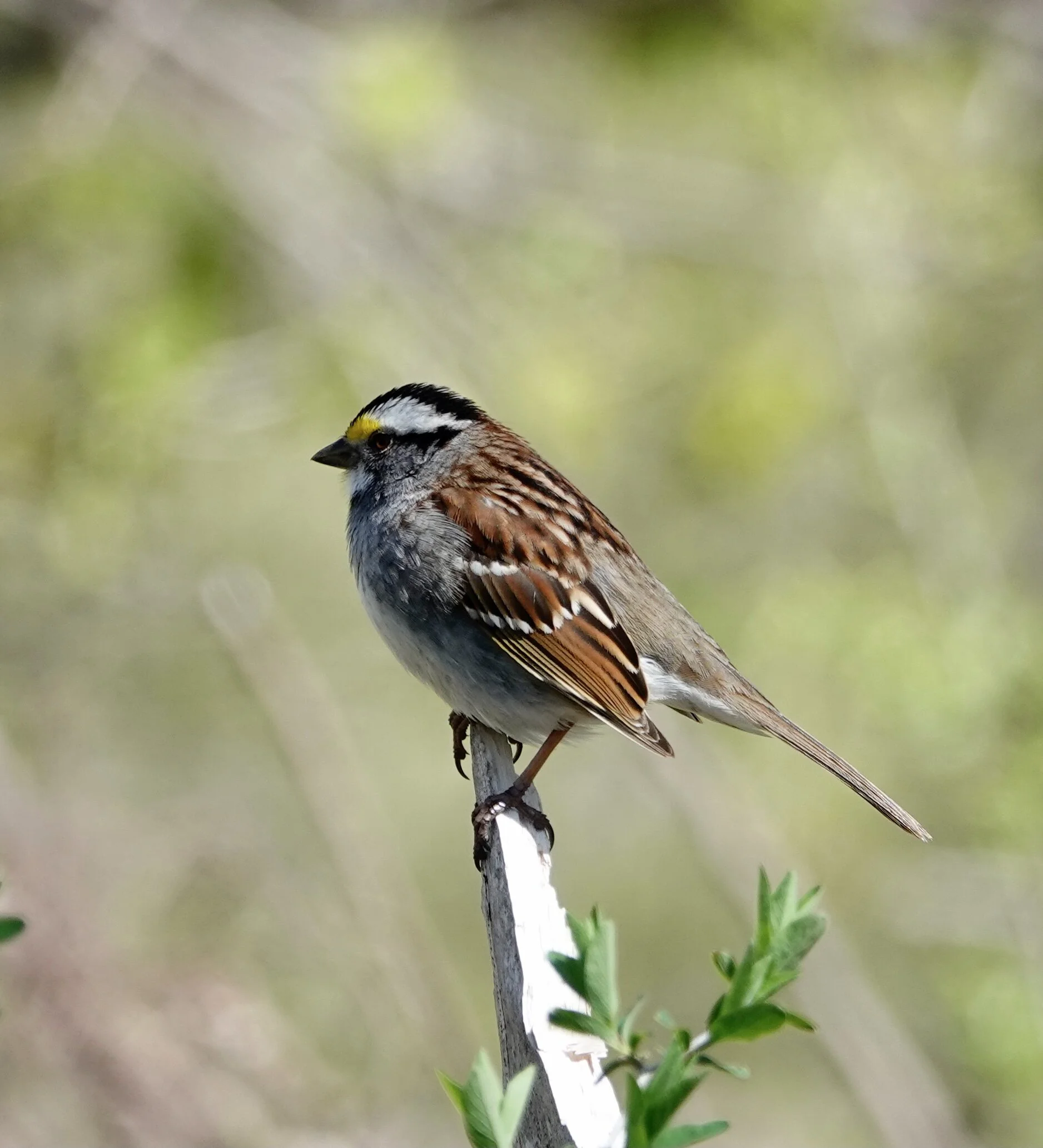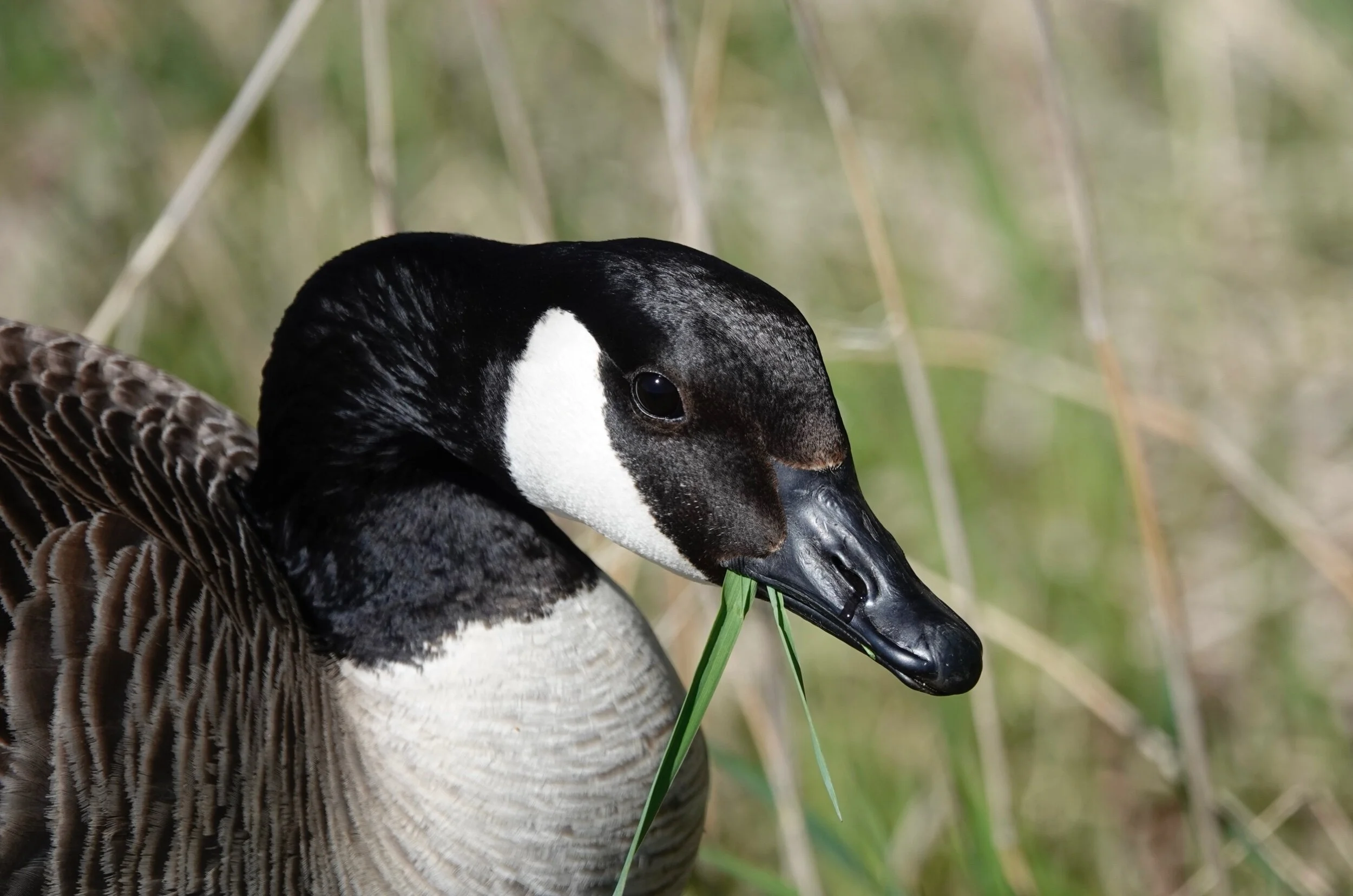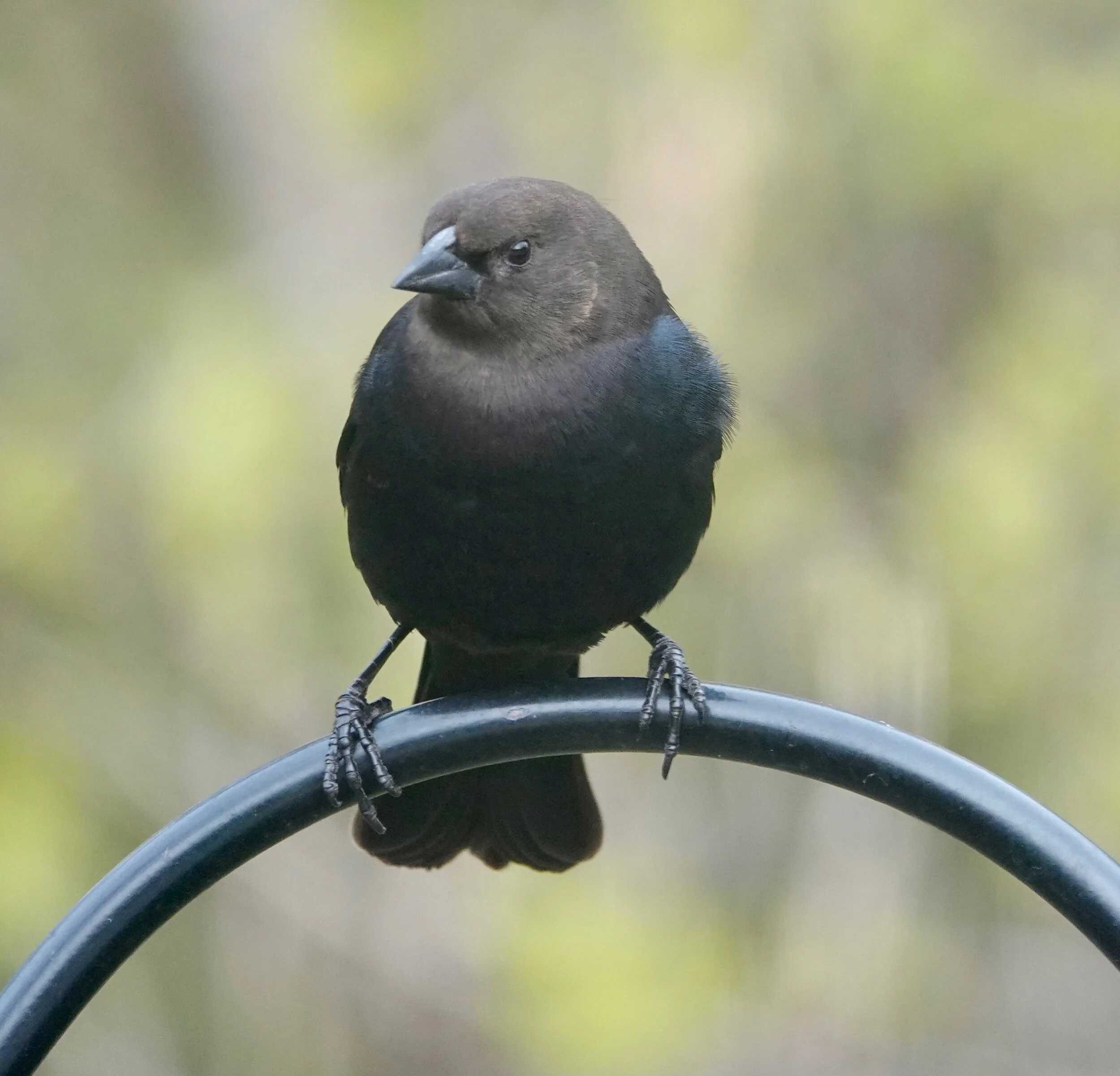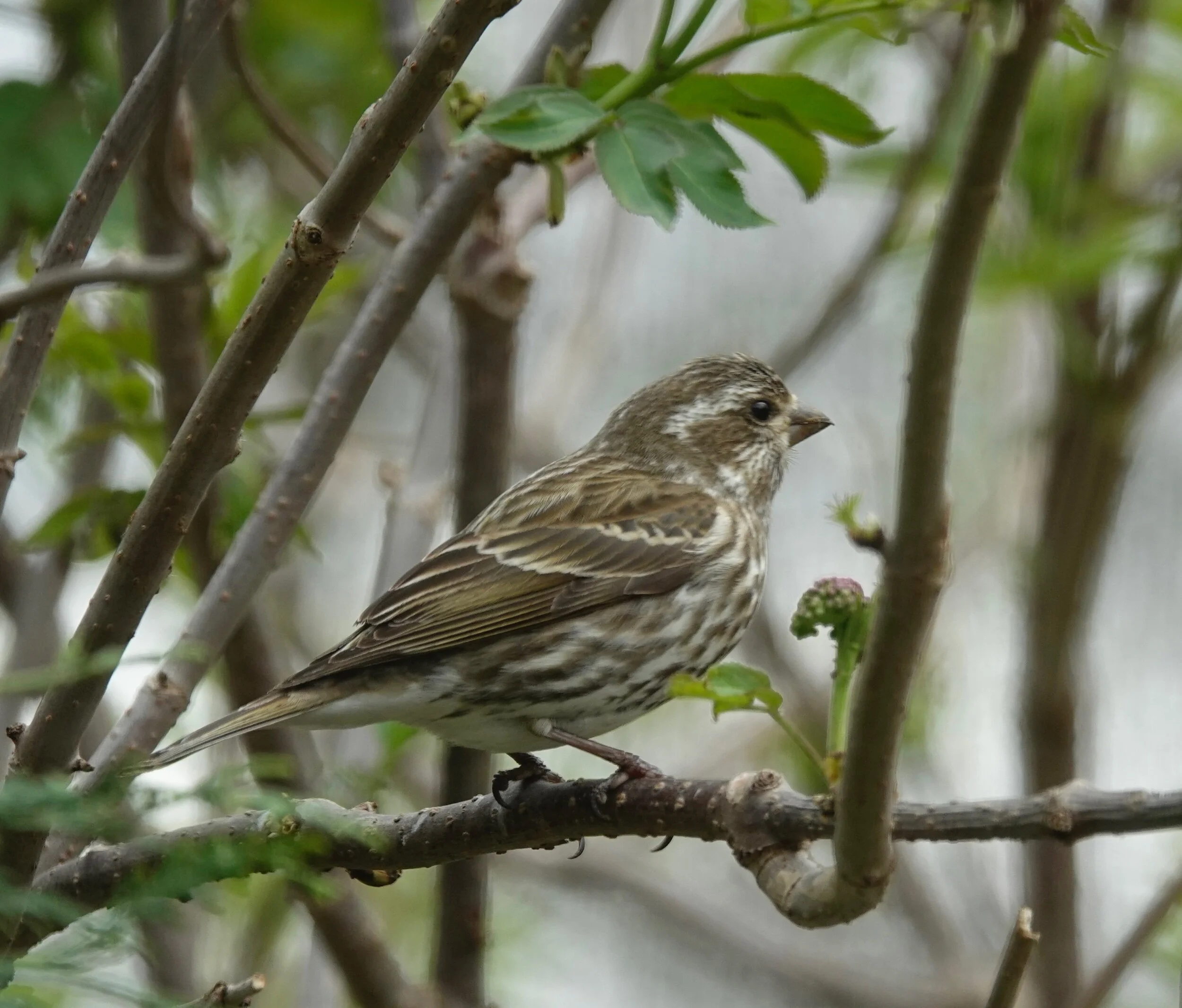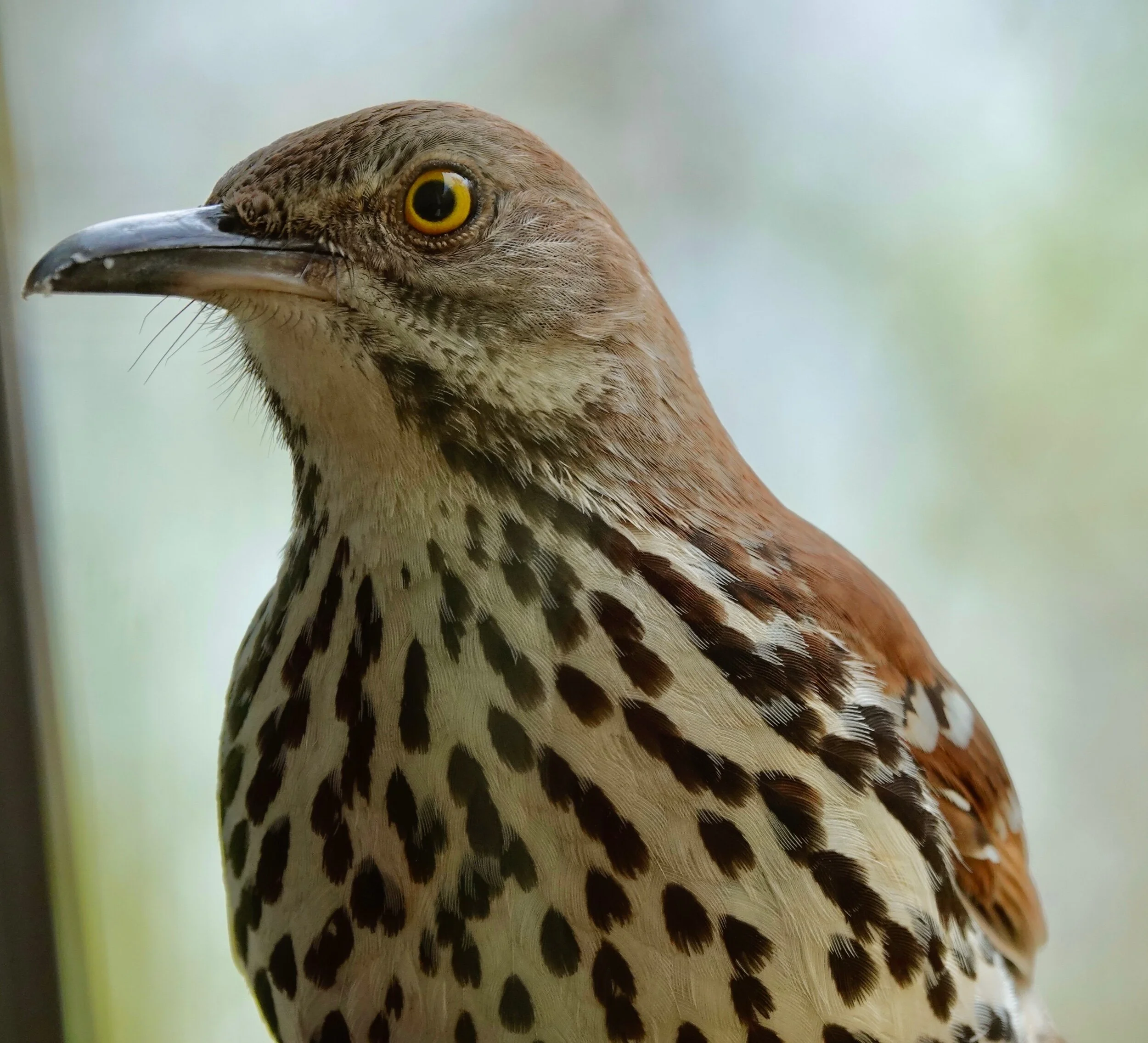Naturally
A brown thrasher sang jazz riffs enthusiastically. It was a big moment in the bird’s life and in mine. I loved its song and wondered if the bird sang from the same tree last year. Even the early morning’s clarity couldn’t tell me. Birds and humans are creatures of habit, so it could be a repeat visitor. Visitor isn’t correct. This is the thrasher’s home, too.
Common grackles strutted about. A dead tree was mostly holes. They were the work of a workaholic woodpecker.
Bumblebees buzzed as periwinkle and squill bloomed beautifully. Wild ginger clung to the ground in a shaded woodland. It’s said to be deer-resistant. Unlike many early spring woodland plants, it keeps its foliage throughout the season. Its dark red flowers below the leaves attract insects like ants to be its pollinators. European settlers used the root as a flavor substitute for the tropical ginger they had used. I mowed the lawn with a push mower. It shortens the vegetation and clears my mind. I have grass and clover. I enjoy clover. So do bees and butterflies.
Spring peepers peeped. They do it loud enough to be heard a mile away. The males weigh about the same as two dimes. The spring peeper is a tiny harbinger of spring. It’s tan, with a dark brown X-shaped mark on the back and suction-cupped toe pads. It changes its skin color for better camouflage. Males are 3/4 inches long and females up to 1 1/2 inches long. They sing when temperatures are above 40 degrees. Their sound makes me feel as if I’d been wearing earplugs the rest of the year.
Raccoons had become the state speed bumps, but I came at the day with the wonder of a Labrador puppy. Seeing a pair of yellow-crowned night herons in Albert Lea was a gee-whiz moment. The birds made a good first impression. I contracted a birding face—a smile. The charming birds were lifers for some birders who traveled from here to there to see it. The birds are wonders of the natural world. They all are.
I’m pleased to know these good folks
Switzer Ranch of Loup County was selected as the recipient of the 2021 Nebraska Leopold Conservation Award. This prestigious award goes to those whose dedication to land, water and wildlife habitat inspires others. Bruce and Sue Ann Switzer along with their children, Sarah Sortum and Adam Switzer, own and operate Switzer Ranch. The Switzers use fire and rotational grazing to create bird and wildlife habitat while improving water quality, soil health and root systems in the environmentally sensitive Sandhills. Besides custom grazing beef cattle on 12,000 acres of native prairie, the family operates a nature-based tourism business. Calamus Outfitters offers lodging, river float trips and eco-tours. Audubon Nebraska designated the ranch an Important Bird Area. The ranch has greater prairie-chicken and sharp-tailed grouse leks.
Gobsmacked
Frigatebirds sleep while flying over the ocean by resting their brain one hemisphere at a time. Most animals that sleep half-brained do so to stay alert for predators, but frigatebirds have no natural predators in the sky. Part of my brain stays awake during the first night in a hotel.
Q&A
“Do birds other than owls produce pellets?” Owls are the only ones that produce owl pellets. Owl pellets provide windows into an owl’s diet. The pellets are regurgitated remnants of prey, the indigestible parts of a meal such as bones, fur, claws and feathers. Owls aren’t the only birds that regurgitate pellets. Hawks, eagles, grebes, herons, cormorants, gulls, terns, kingfishers, crows, jays, flycatchers and shrikes do, too.
“Where do buffleheads nest?” They are secondary-cavity nesters in trees, nesting predominantly in the boreal forests and aspen parklands of Canada and Alaska but dipping south into portions of the northwest and north-central states, including Minnesota where they’re considered a rare breeder. Agassiz National Wildlife Refuge in northwest Minnesota has an estimated 200 breeding pairs.
From the mailbag
Susan Joseph-Taylor of Minden, Nevada, sent photos of Cooper’s hawks nesting in the same nest in a mulberry tree for a second year. This accipiter typically builds a new nest each year, but occasionally reuses a nest or takes over a squirrel’s nest.
Thanks for stopping by
“The last word in ignorance is the man who says of an animal or plant, ‘What good is it?’ If the land mechanism as a whole is good, then every part is good, whether we understand it or not. If the biota, in the course of aeons, has built something we like but do not understand, then who but a fool would discard seemingly useless parts? To keep every cog and wheel is the first precaution of intelligent tinkering.”—Aldo Leopold
“I am the Lorax. I speak for the trees. I speak for the trees for the trees have no tongues.”―Dr. Seuss, The Lorax
Do good.
©Al Batt 2021












